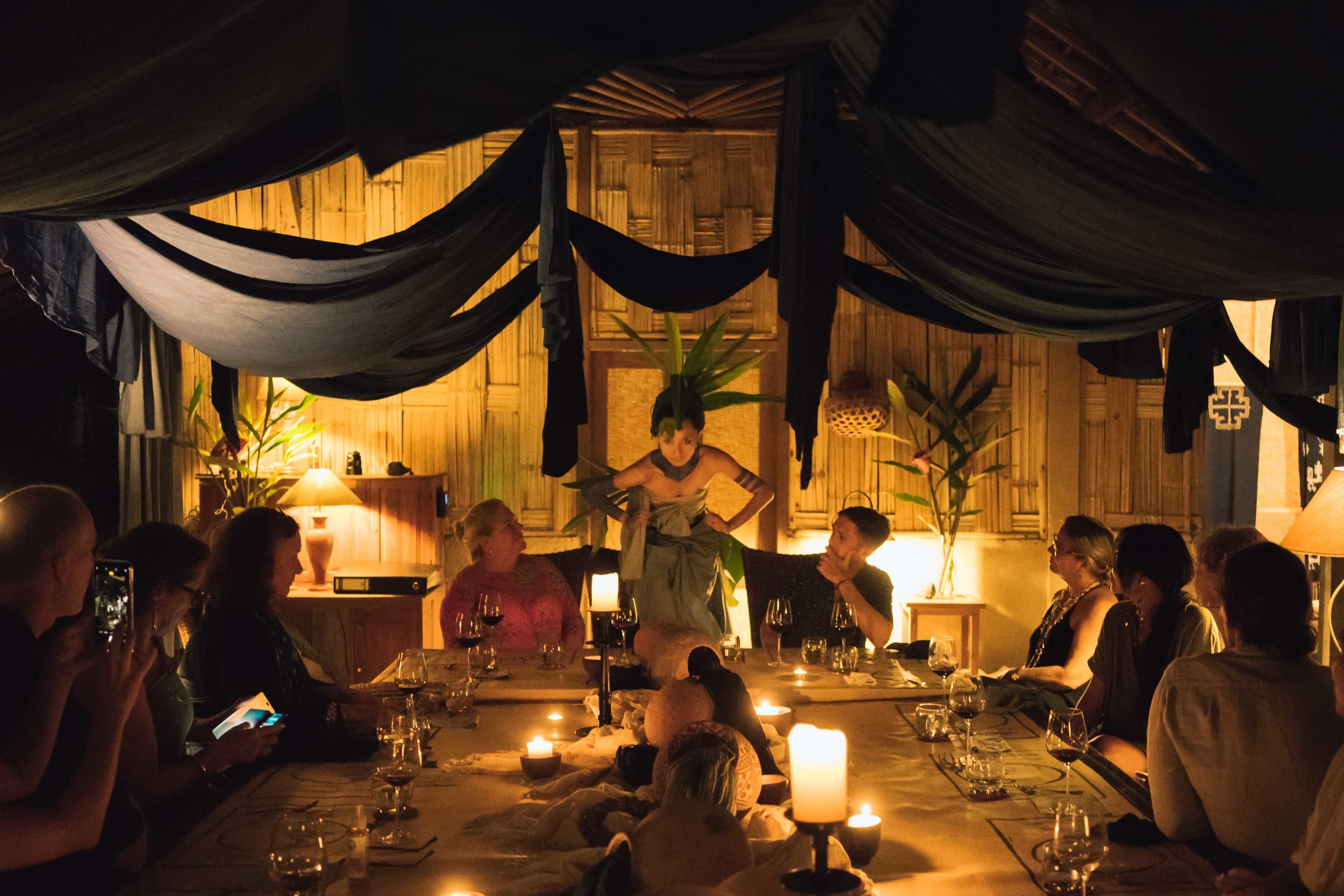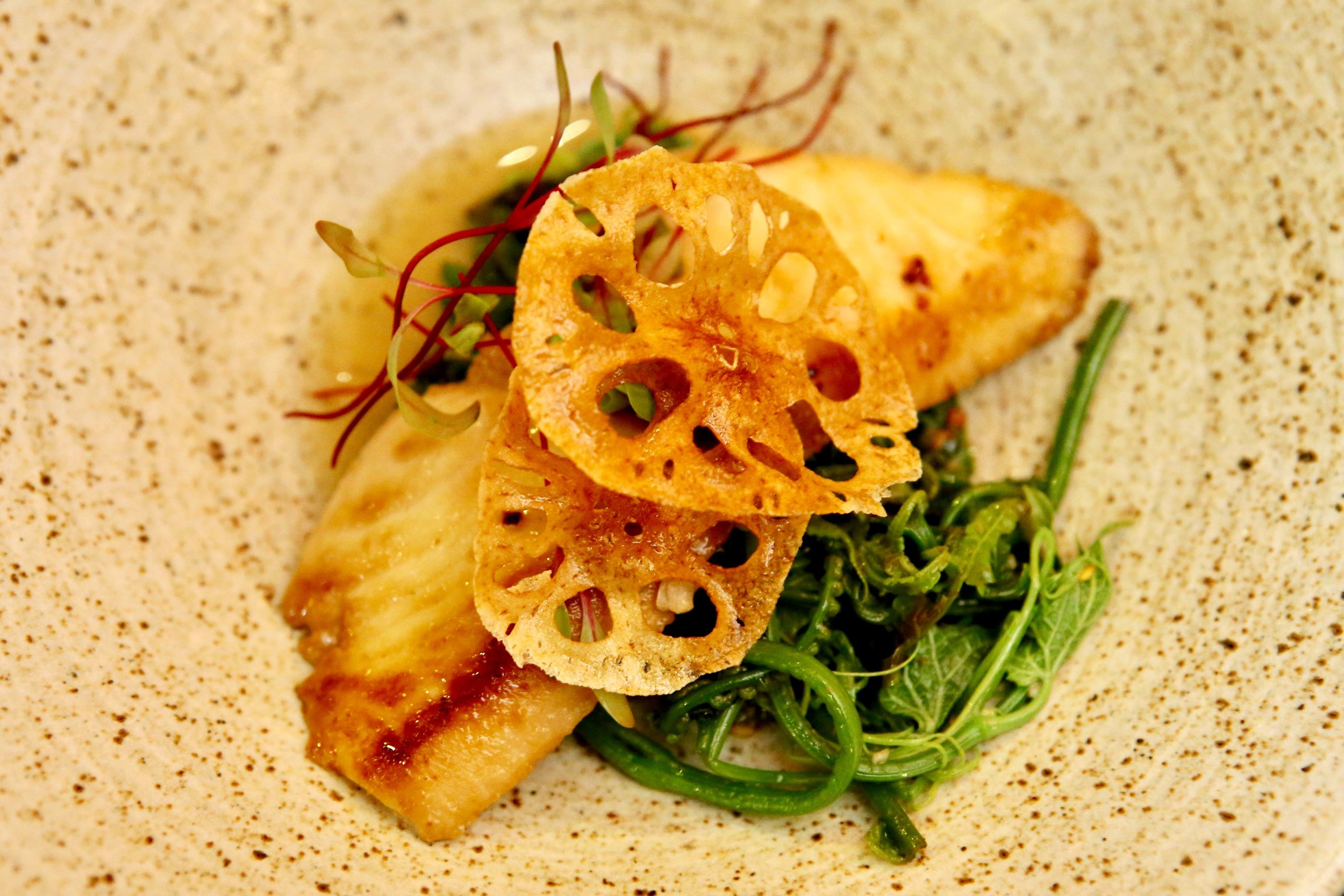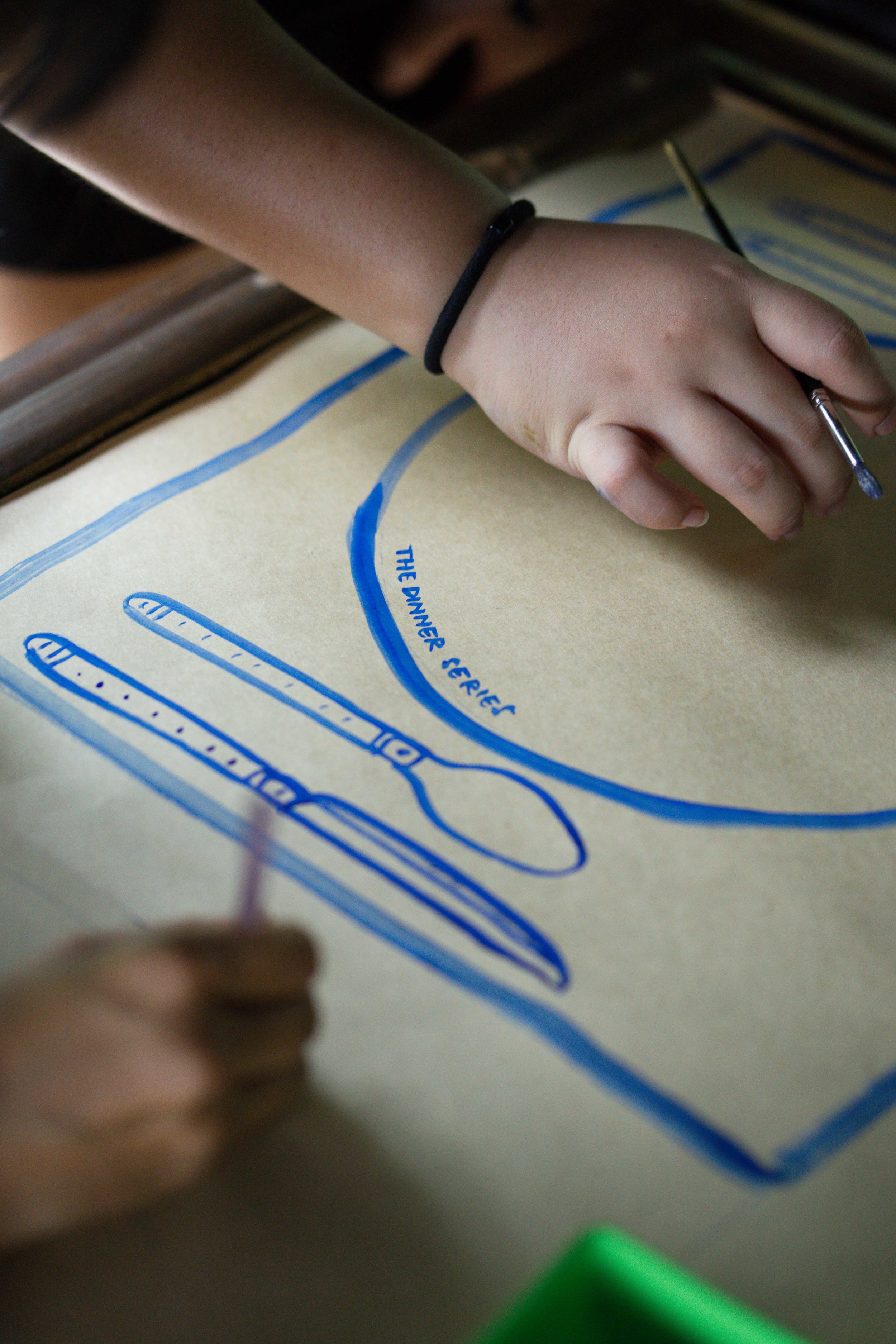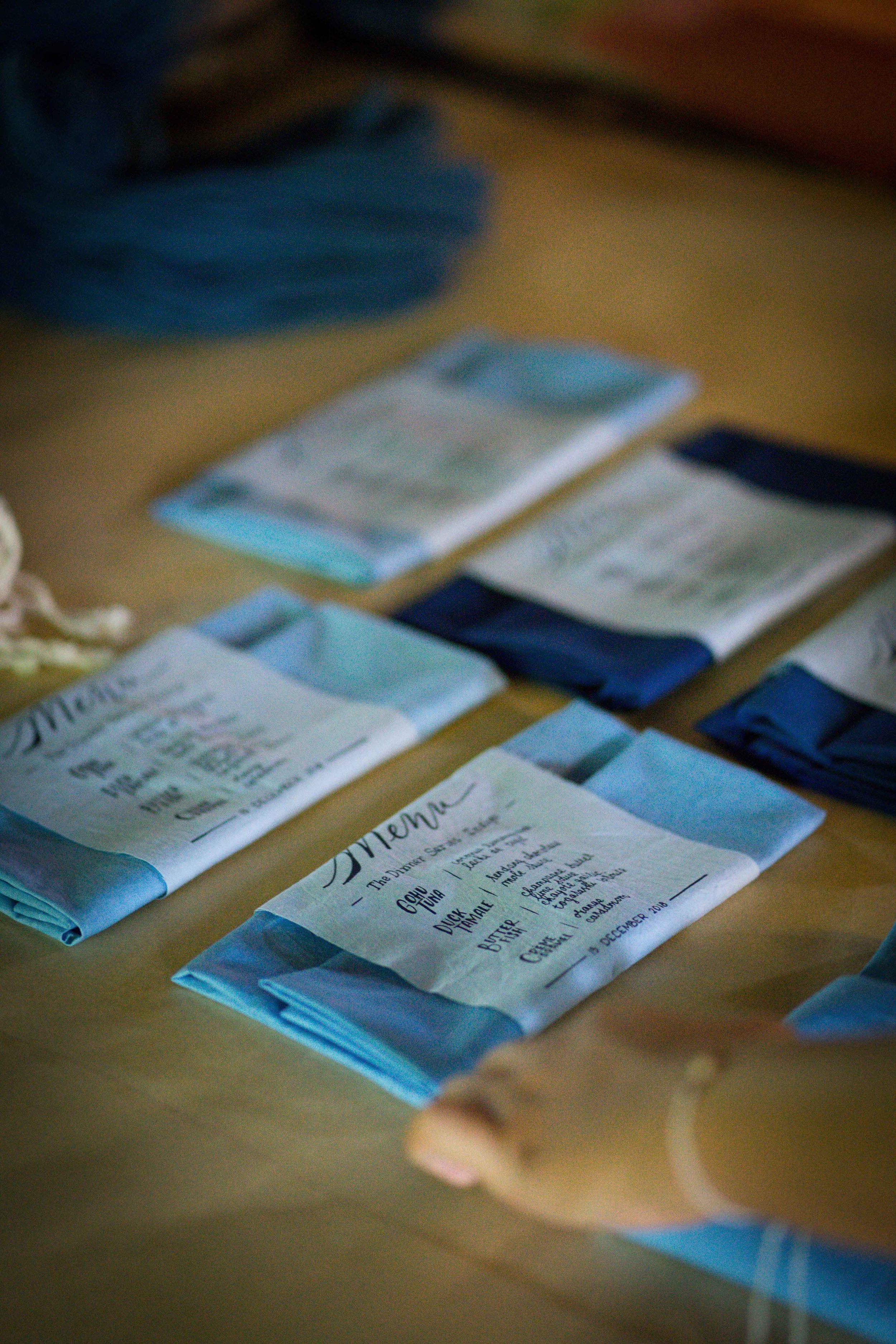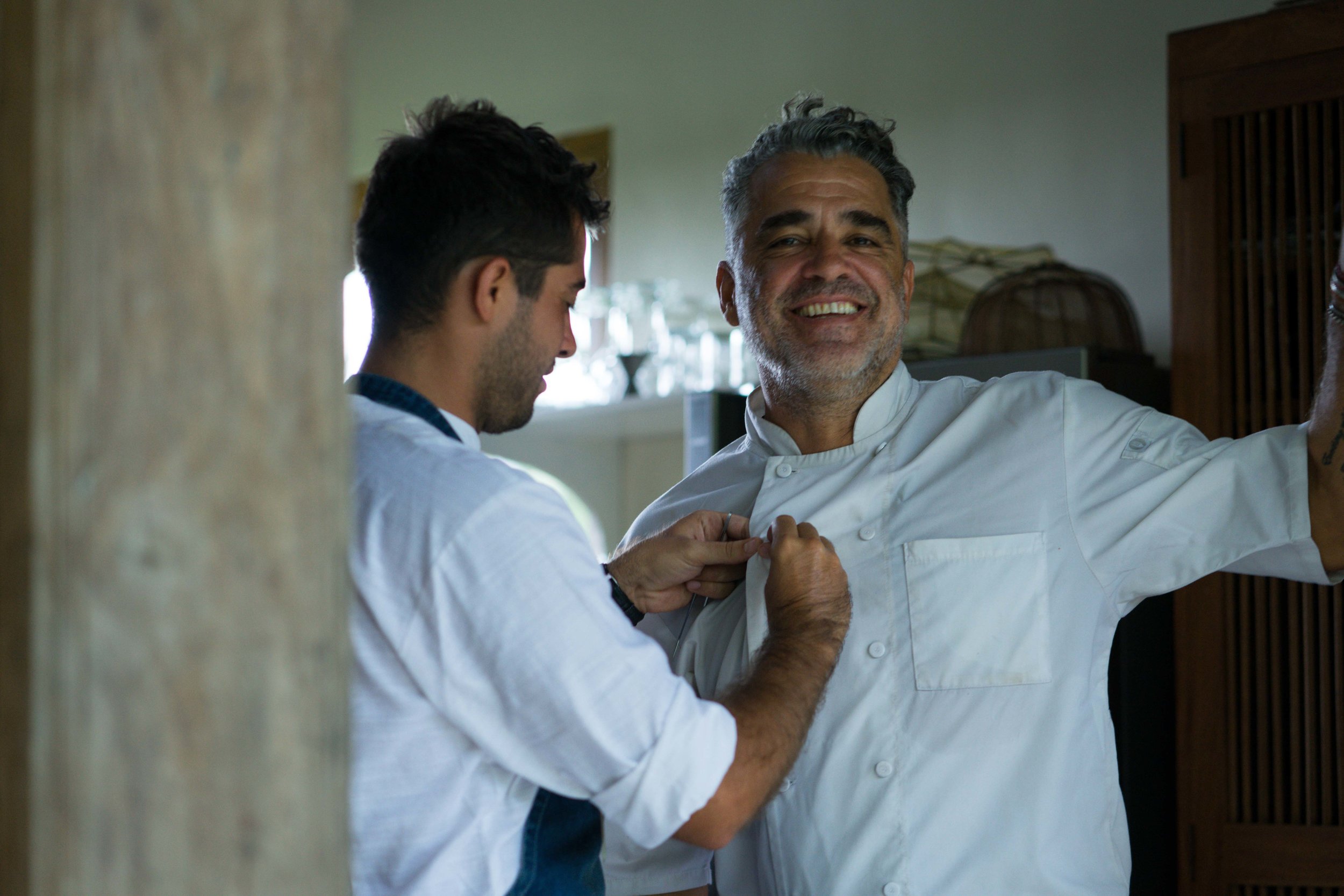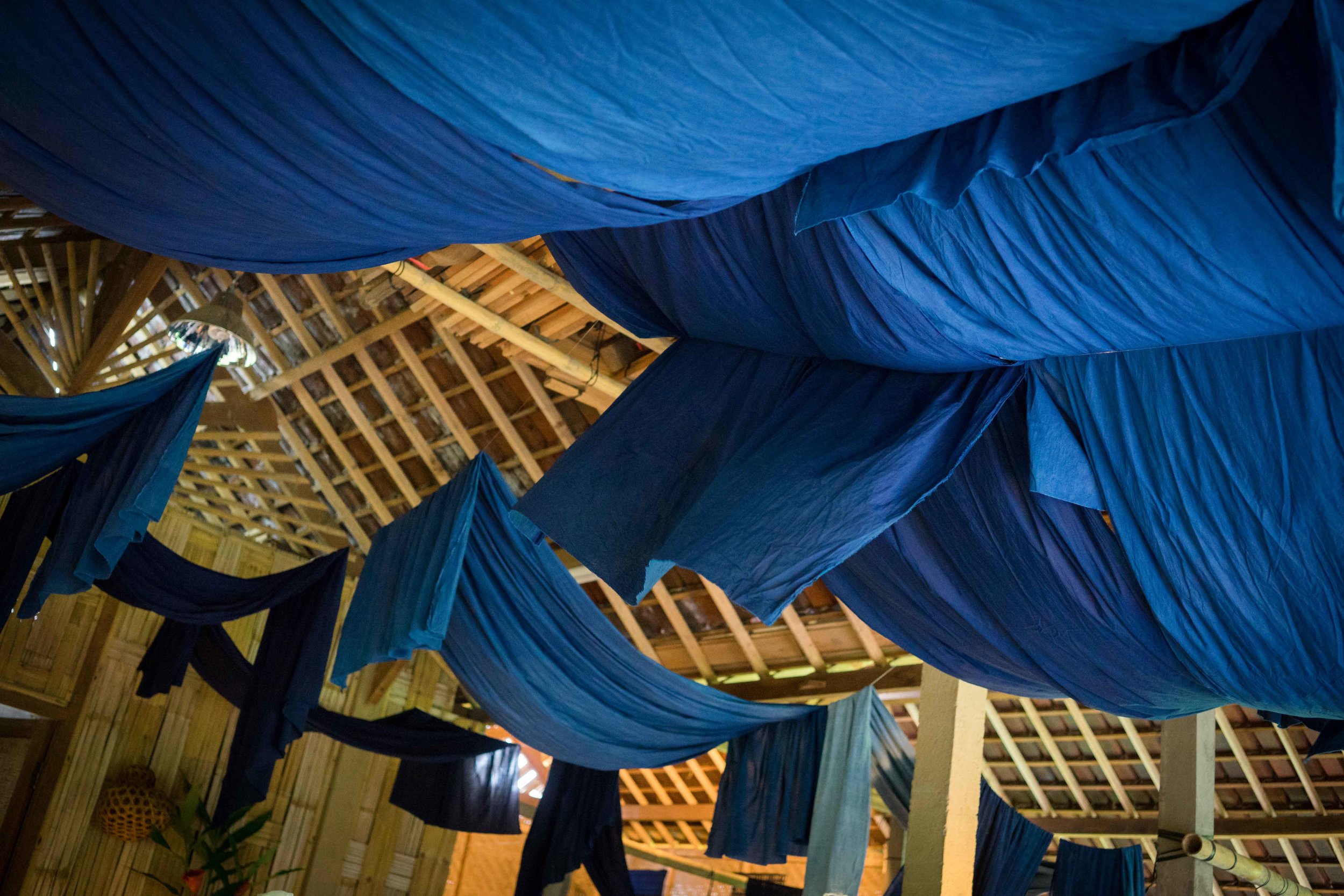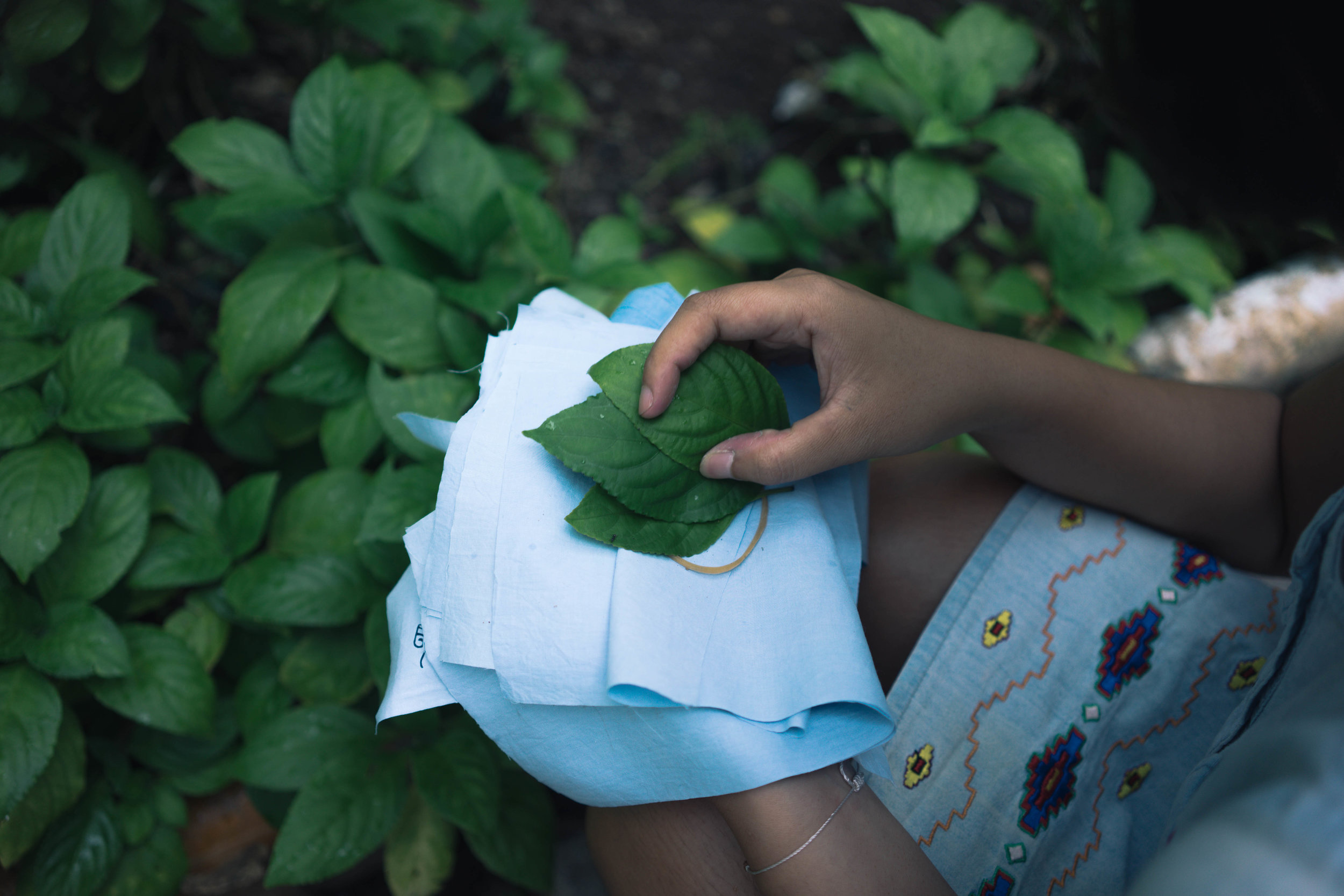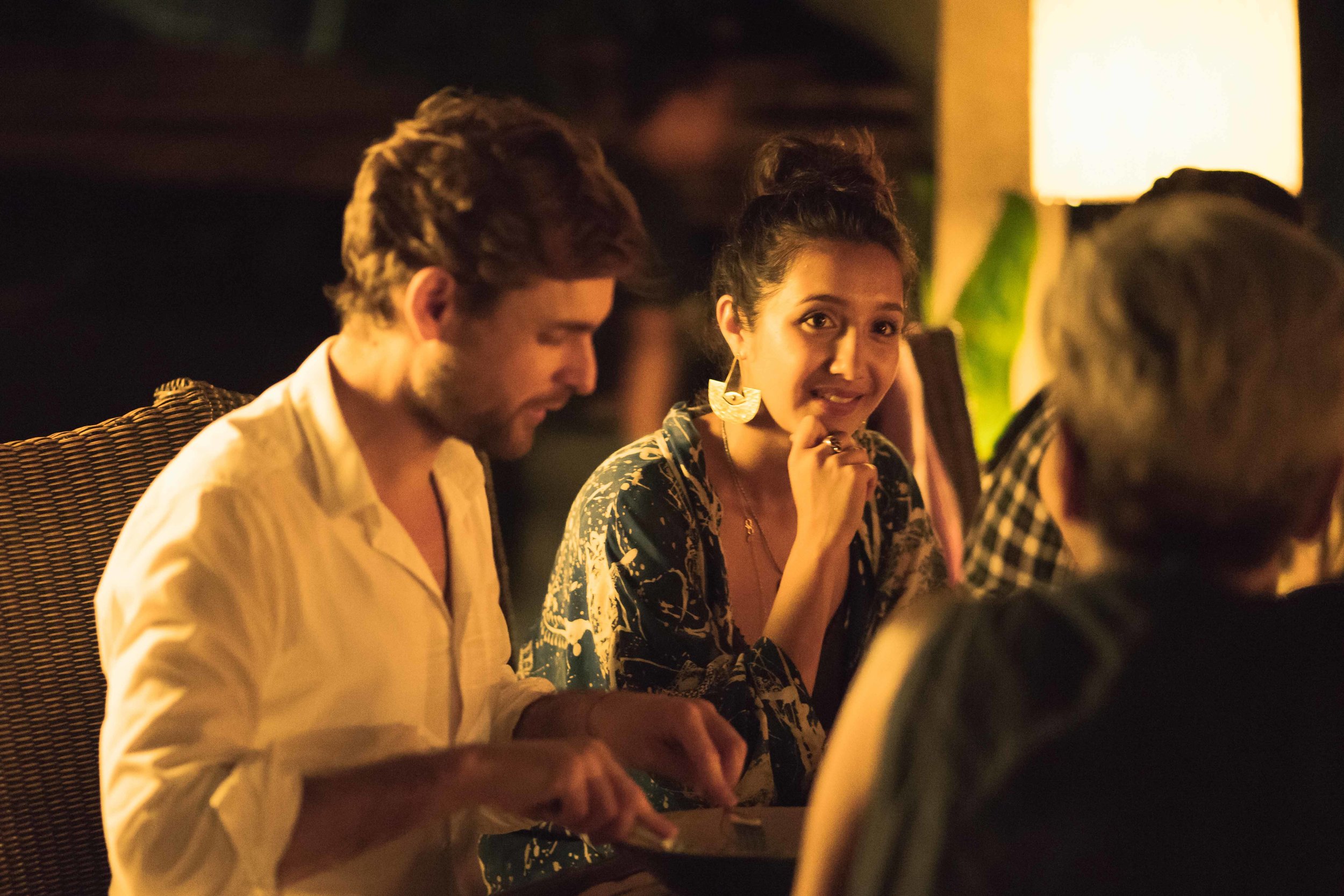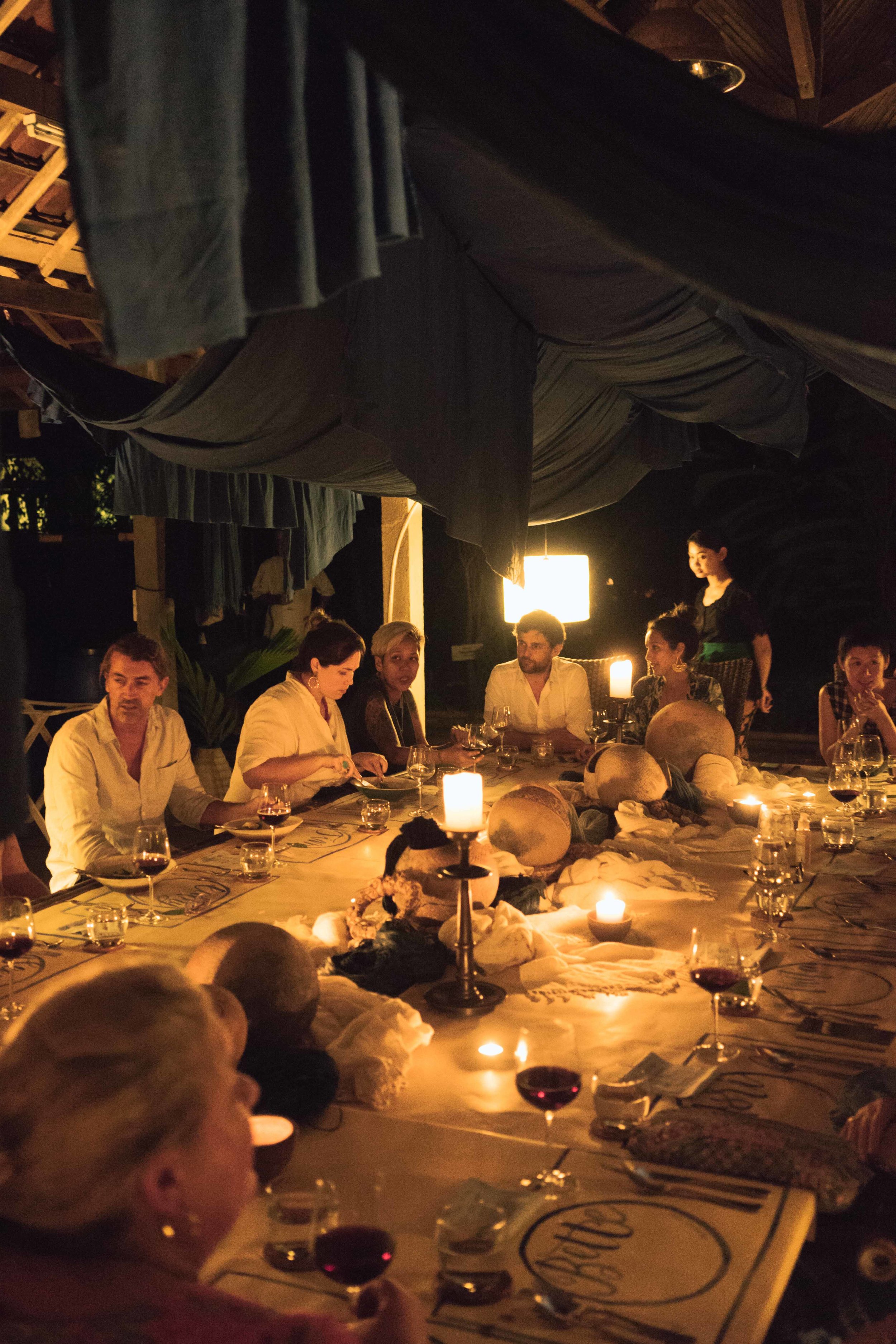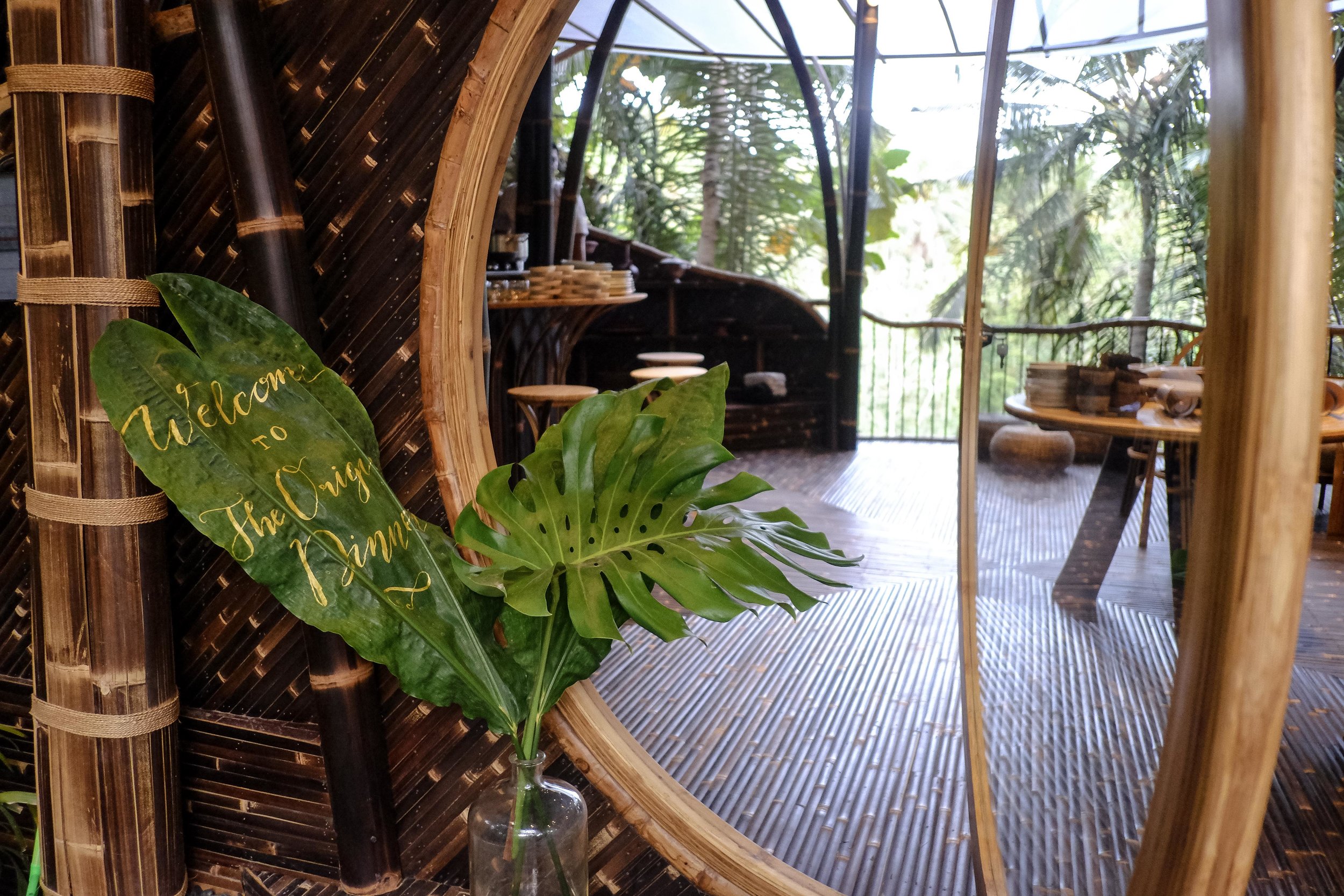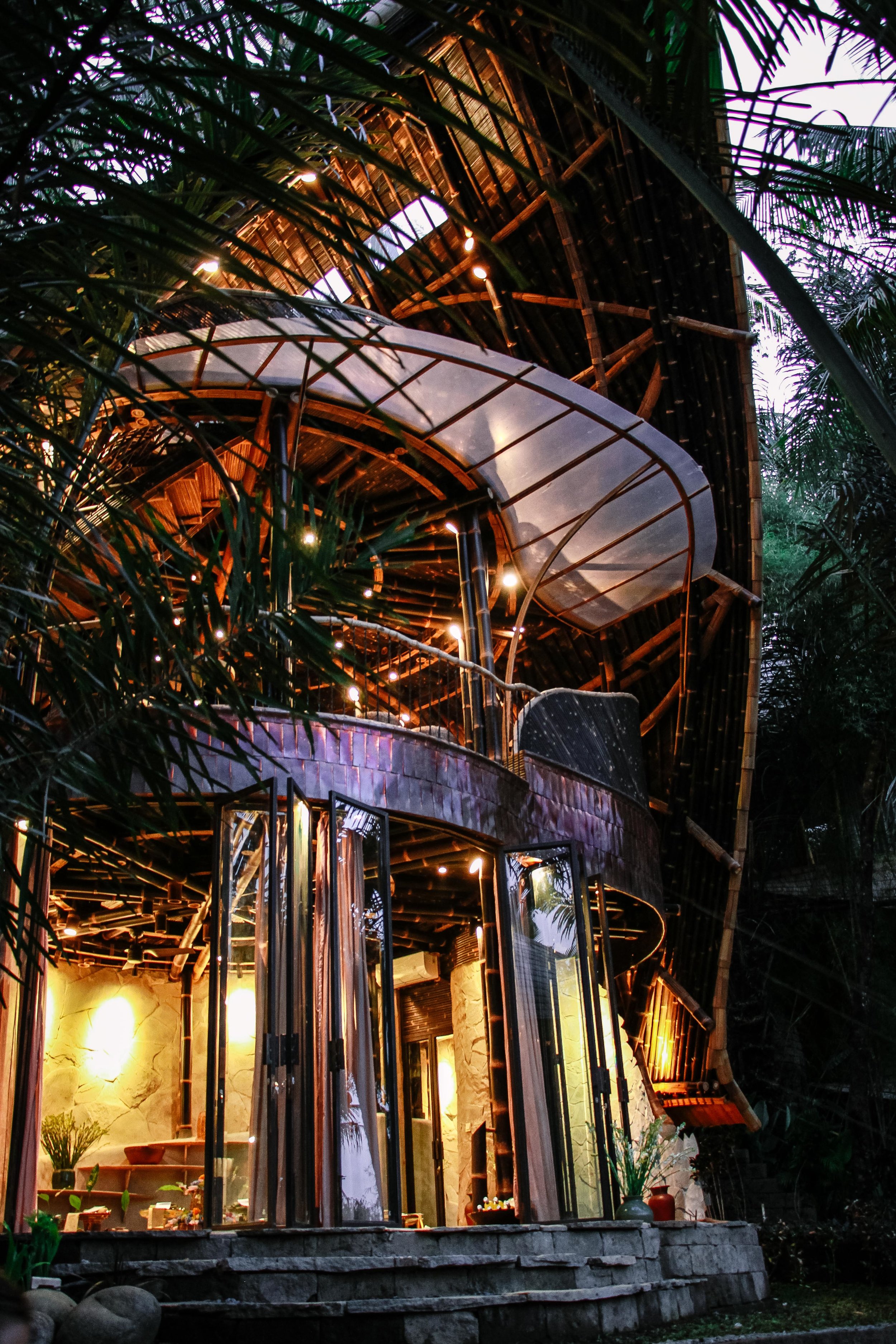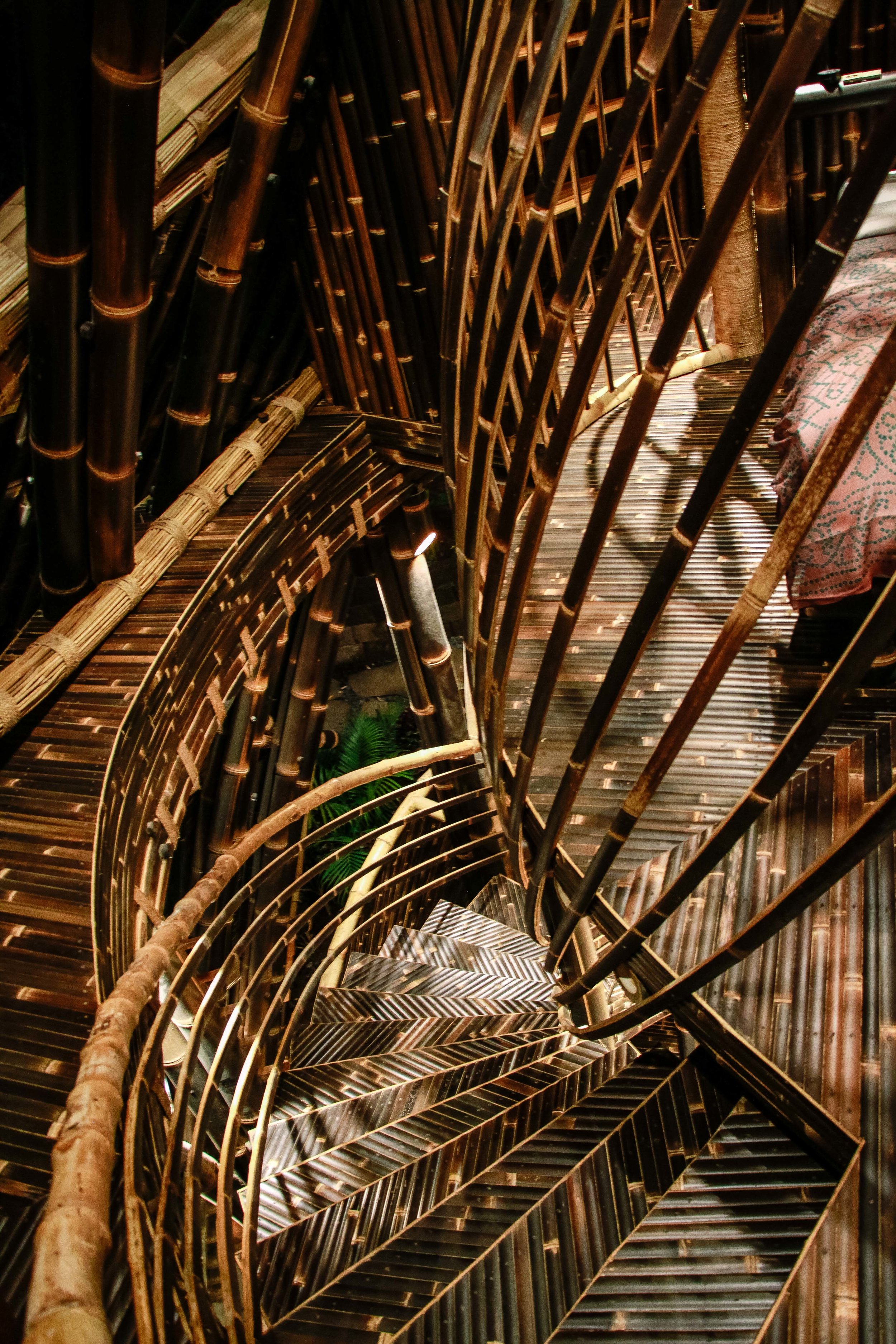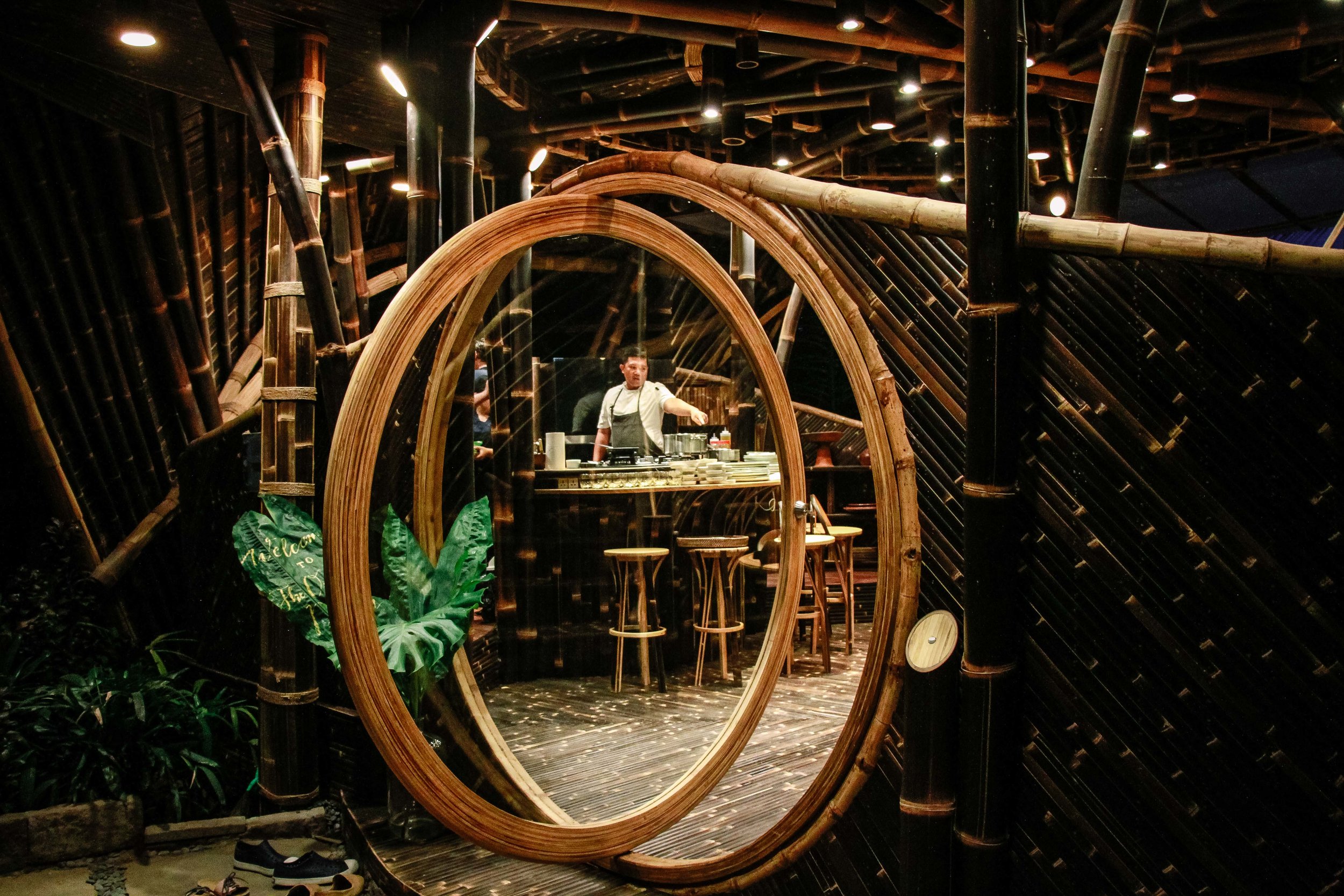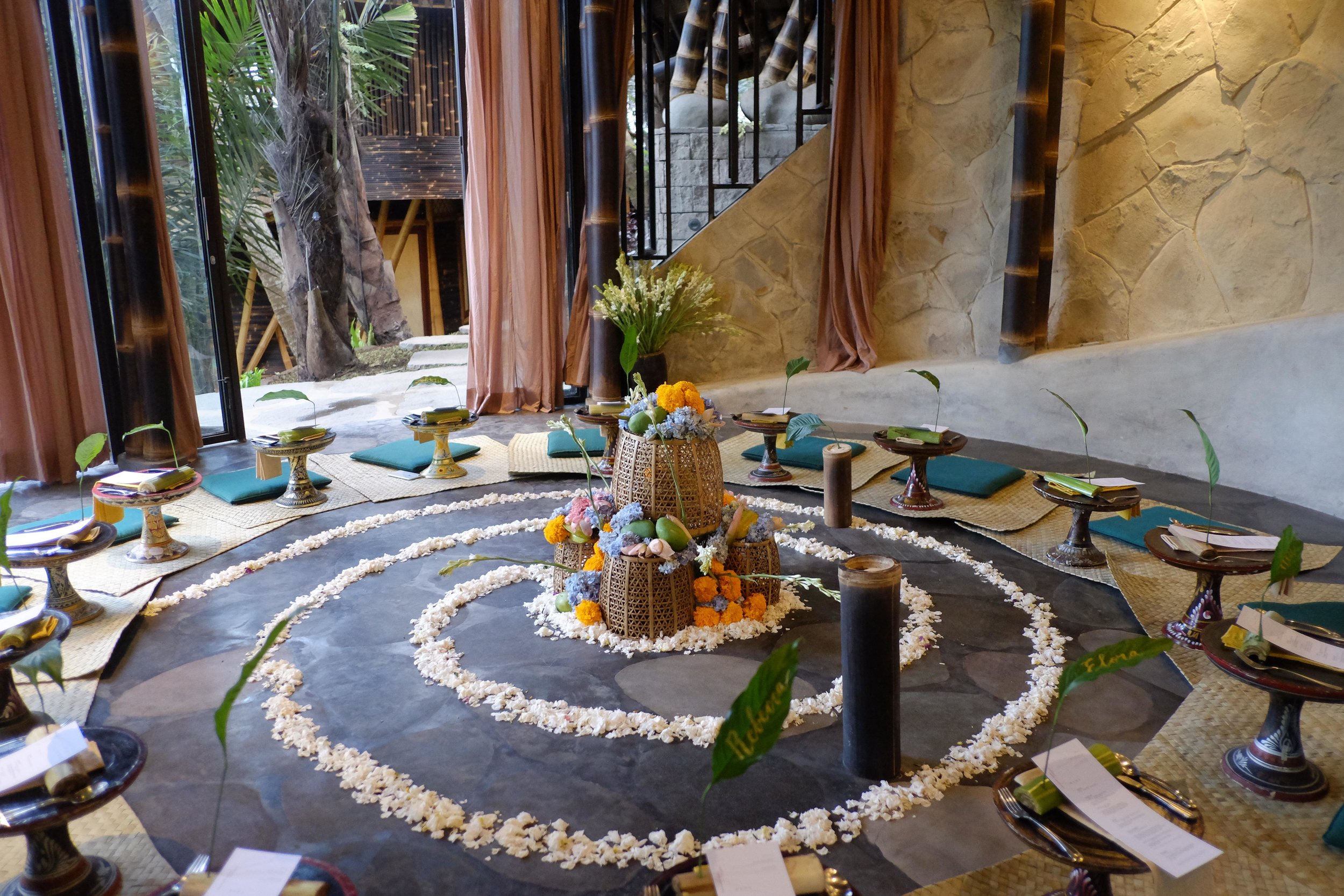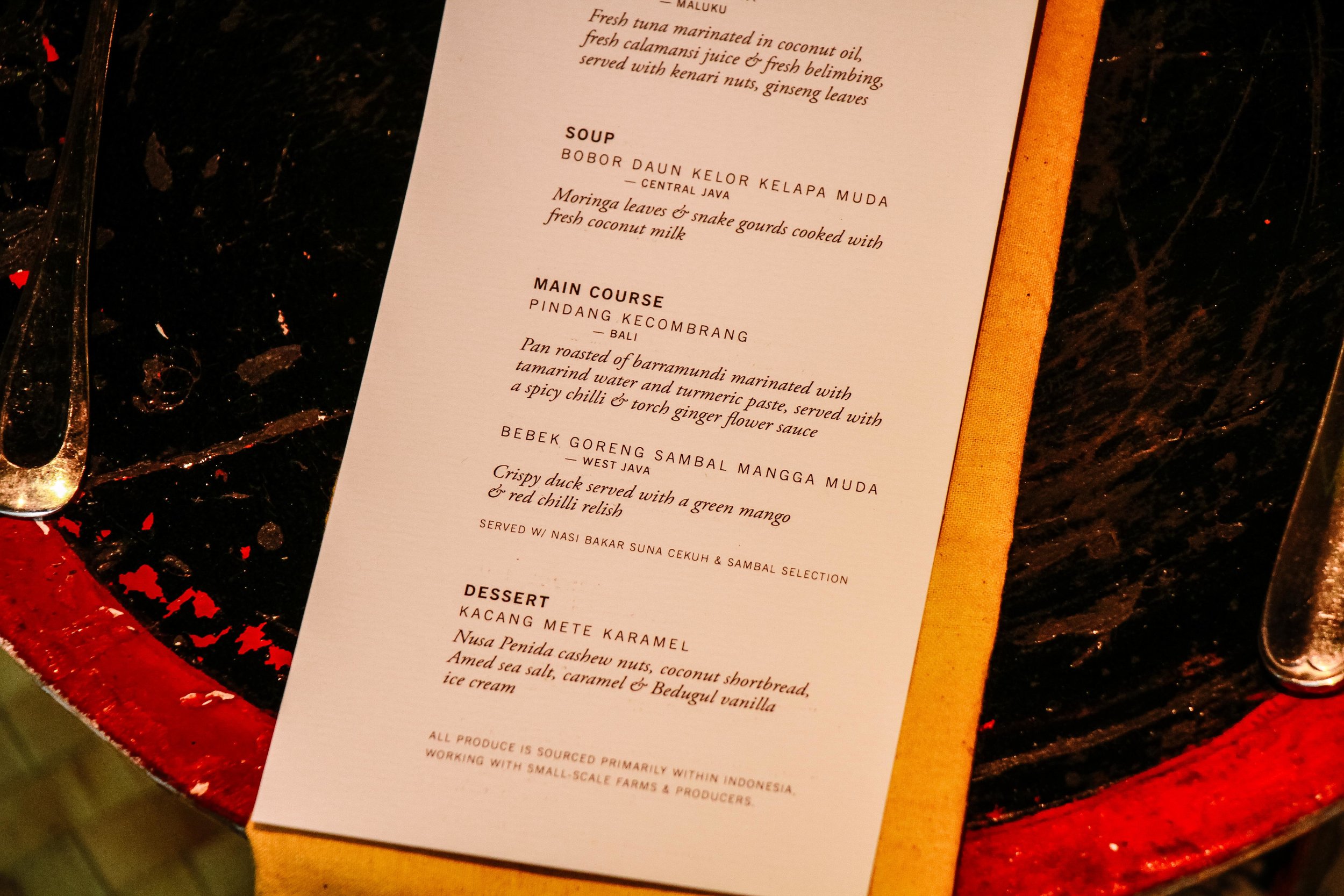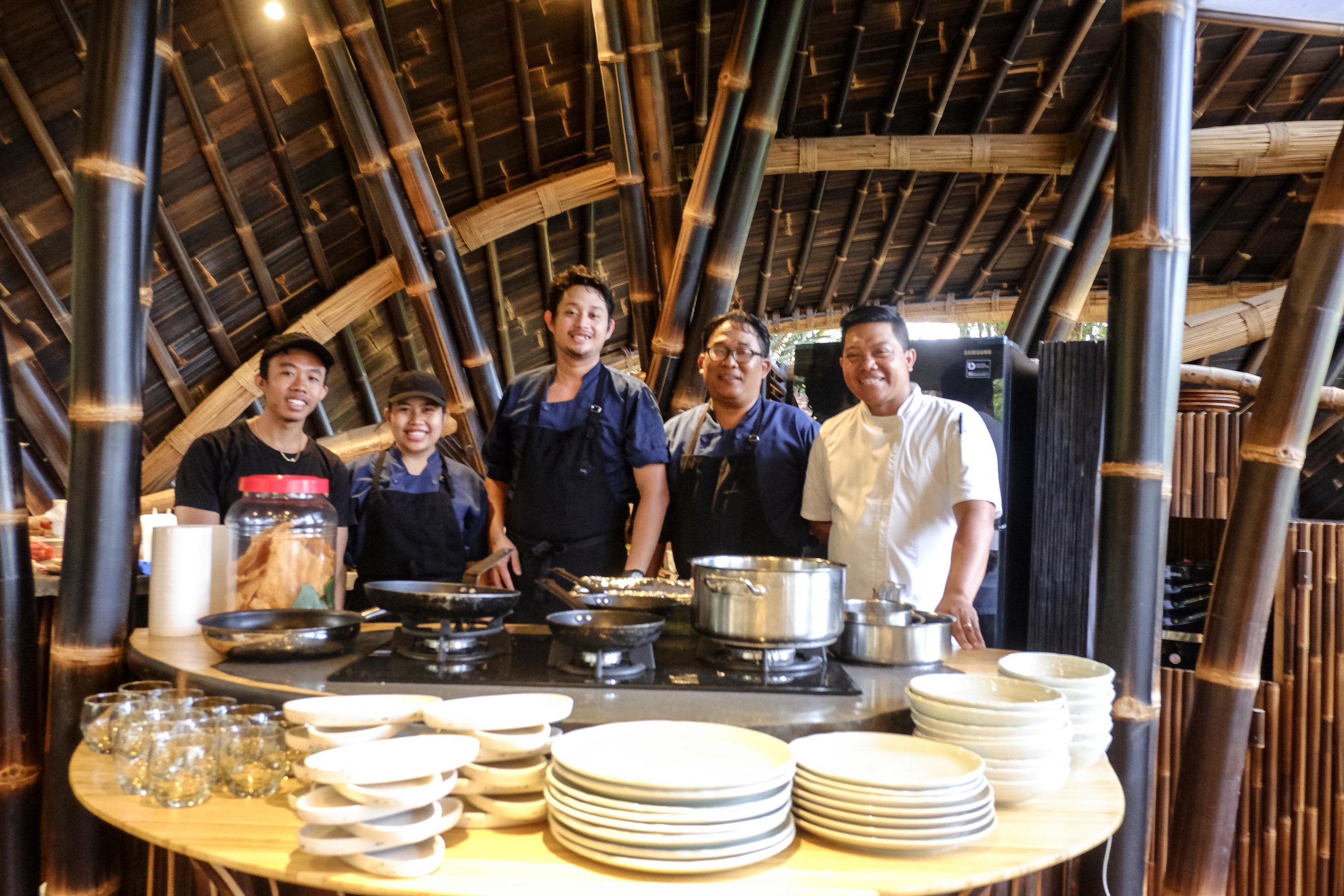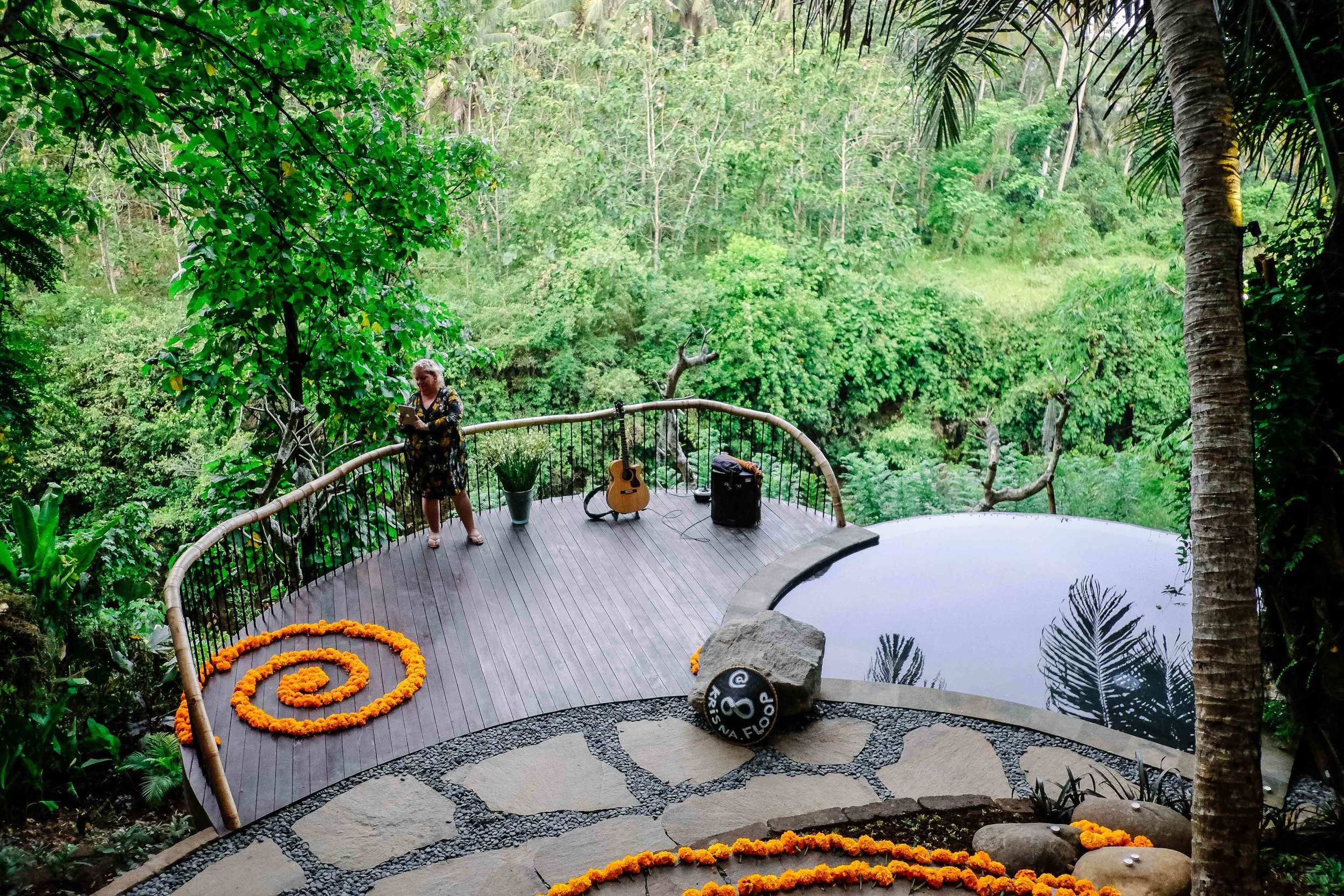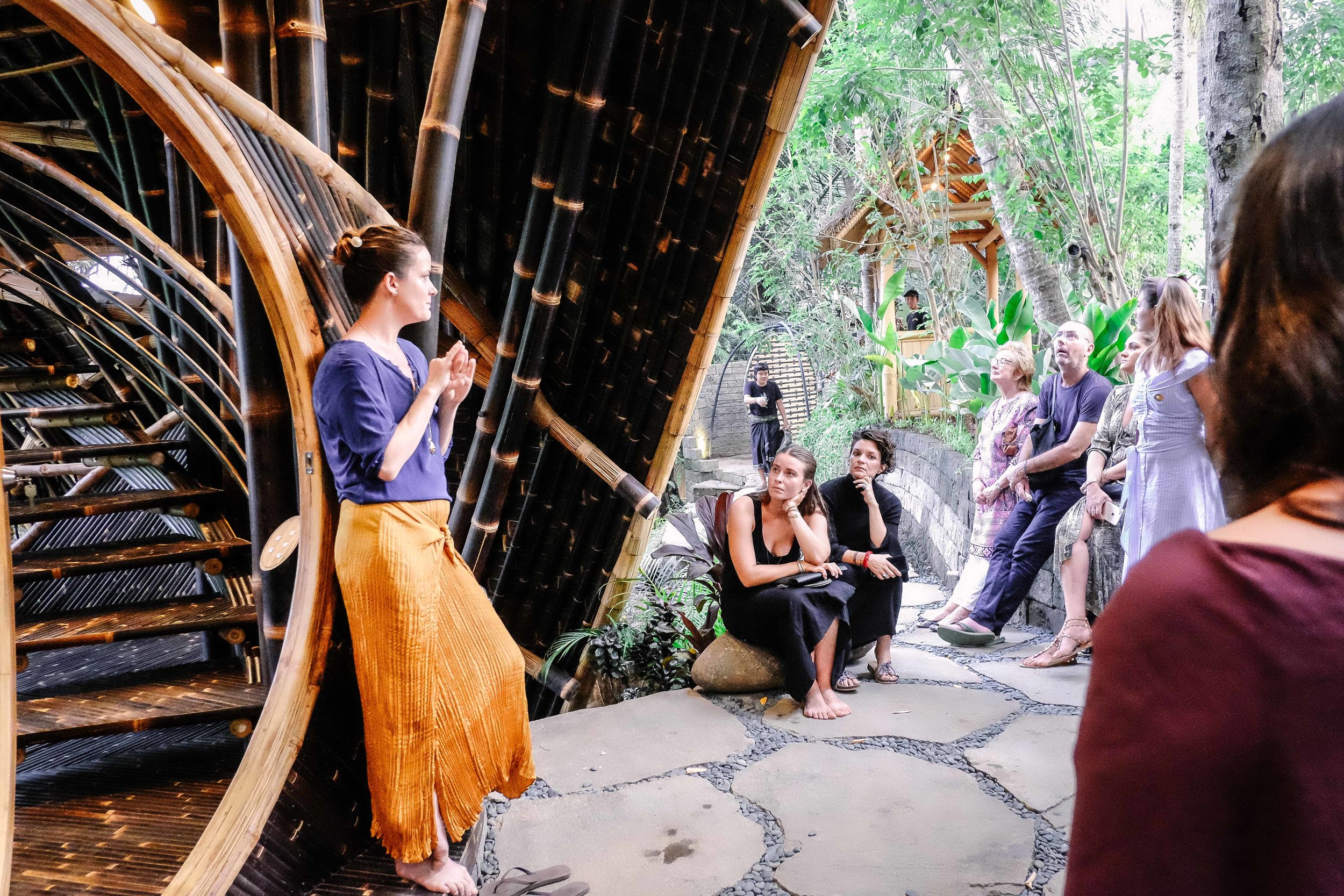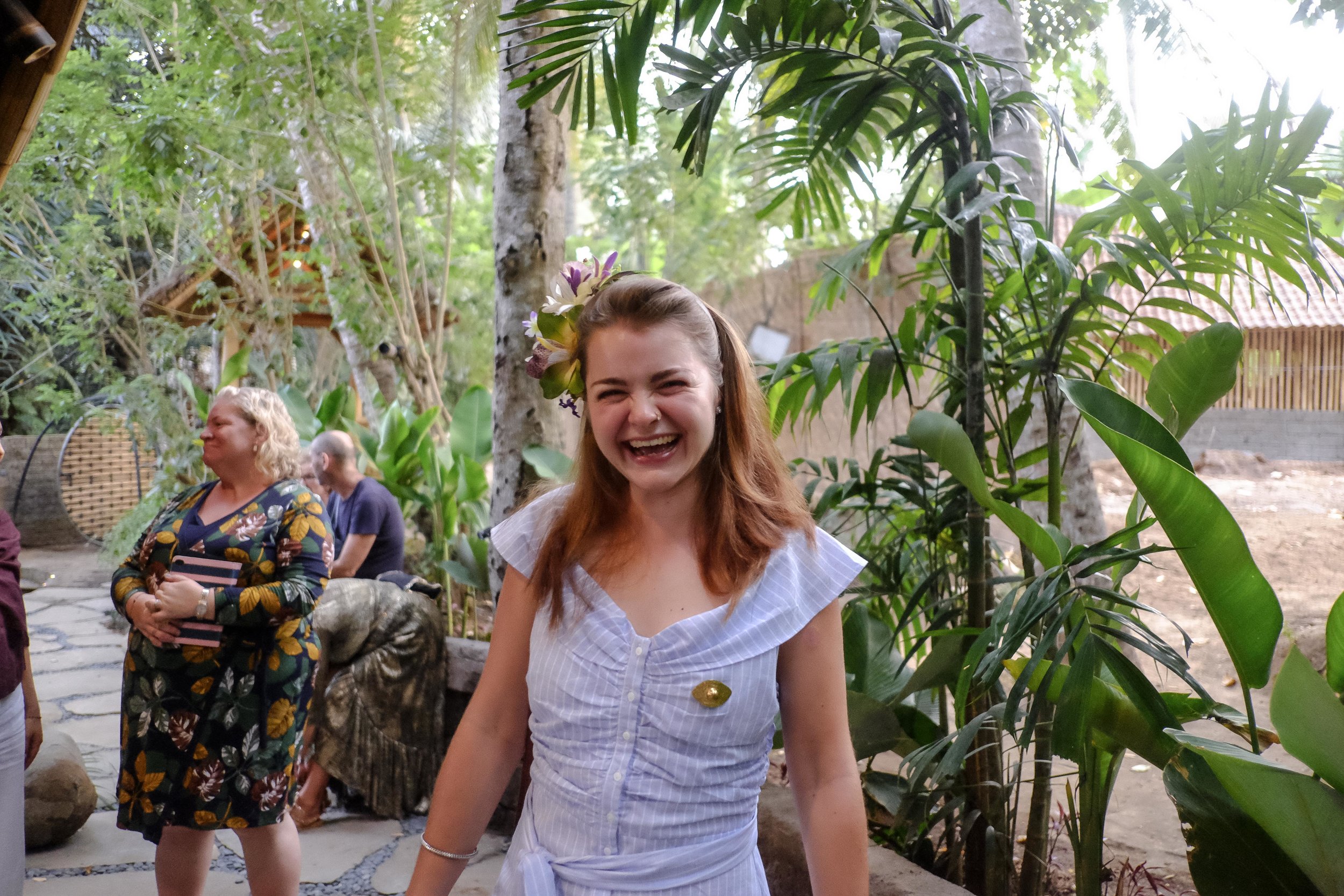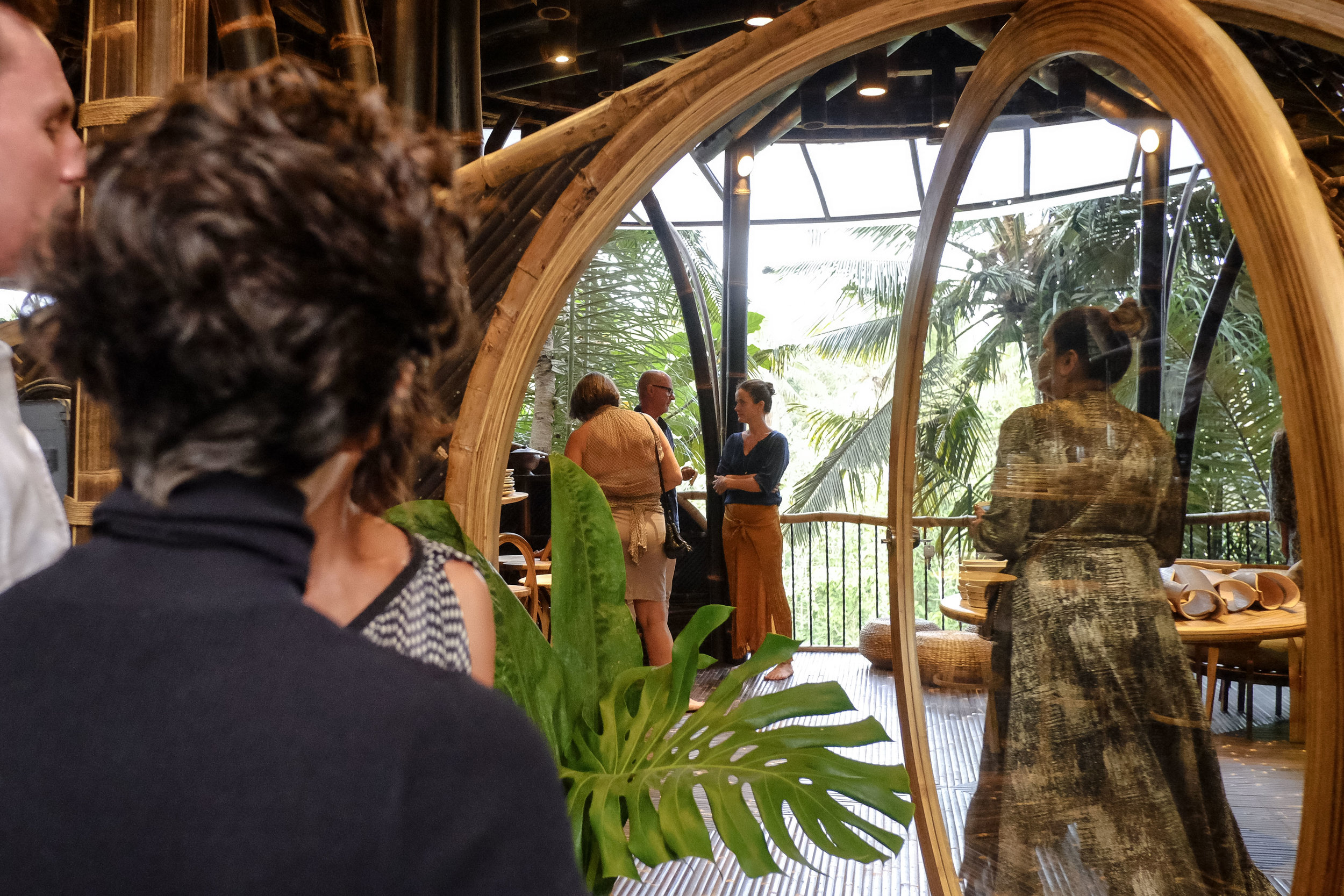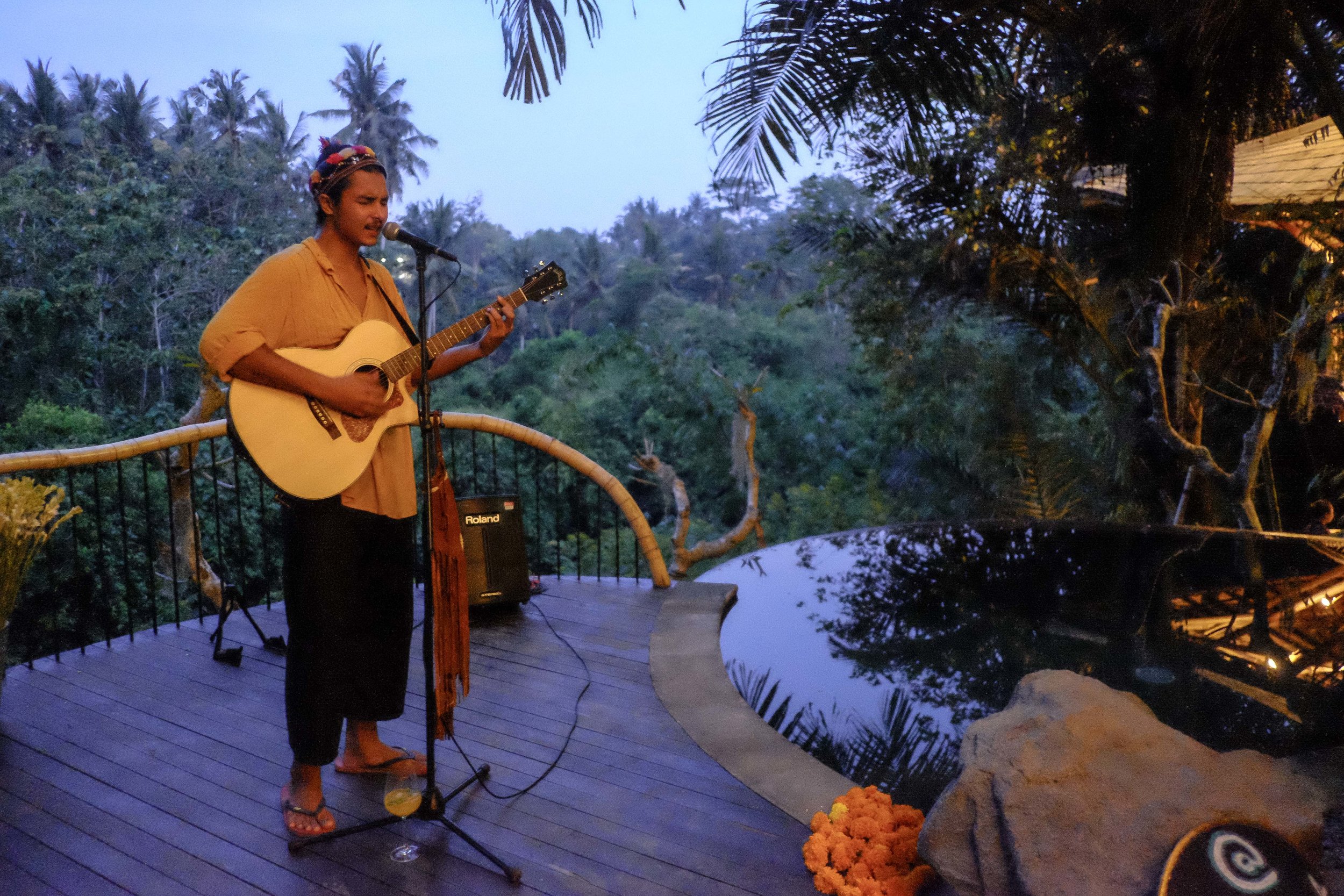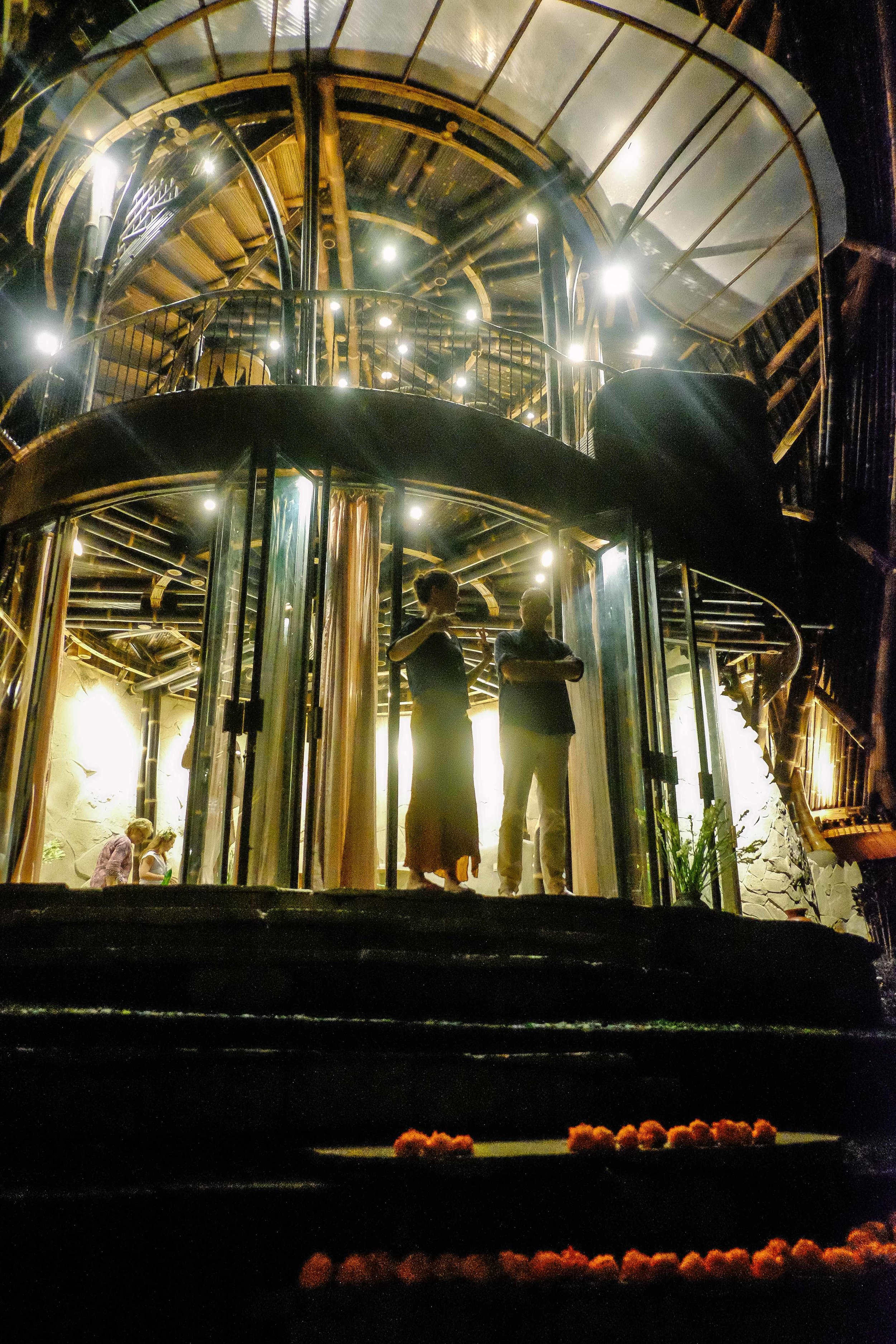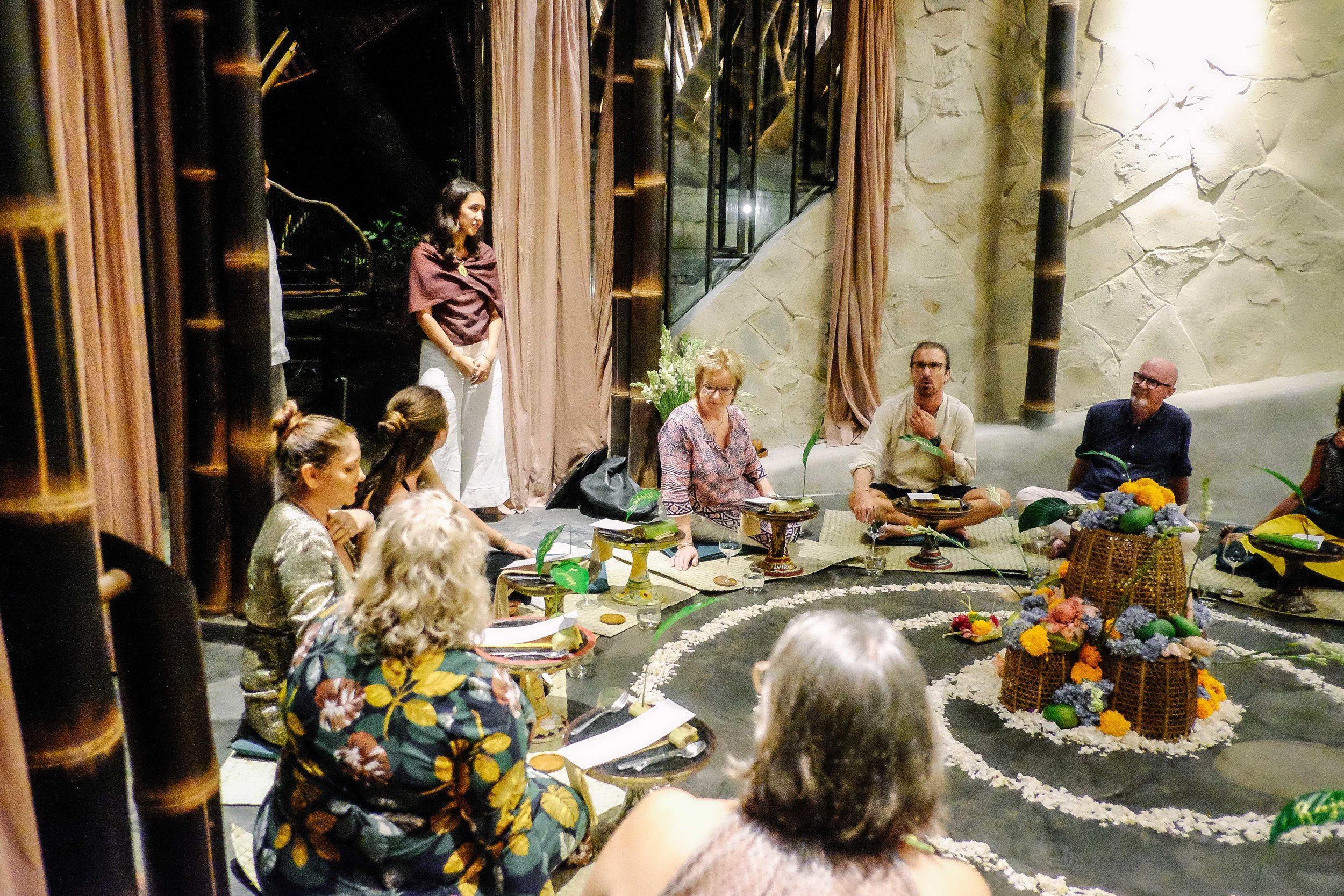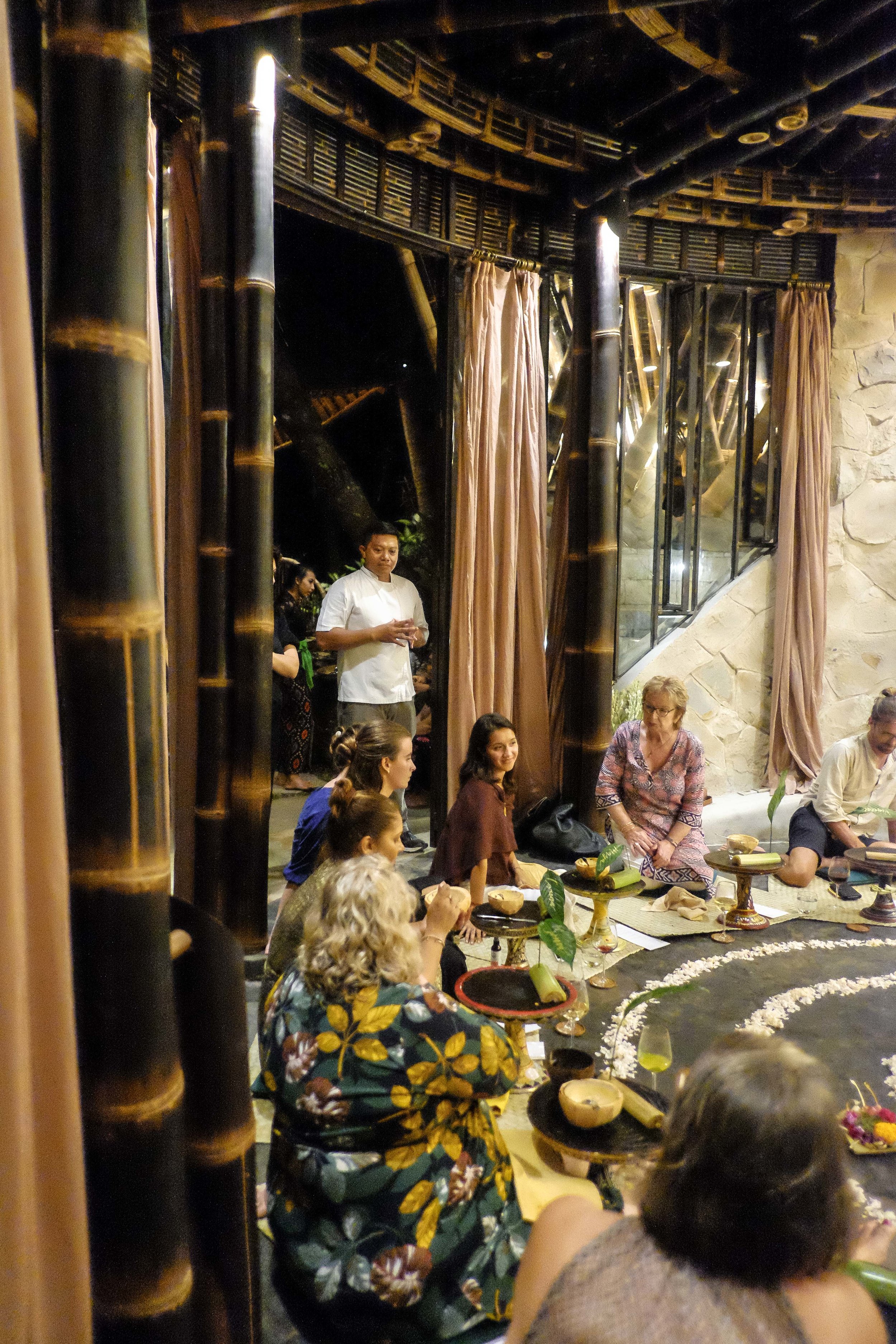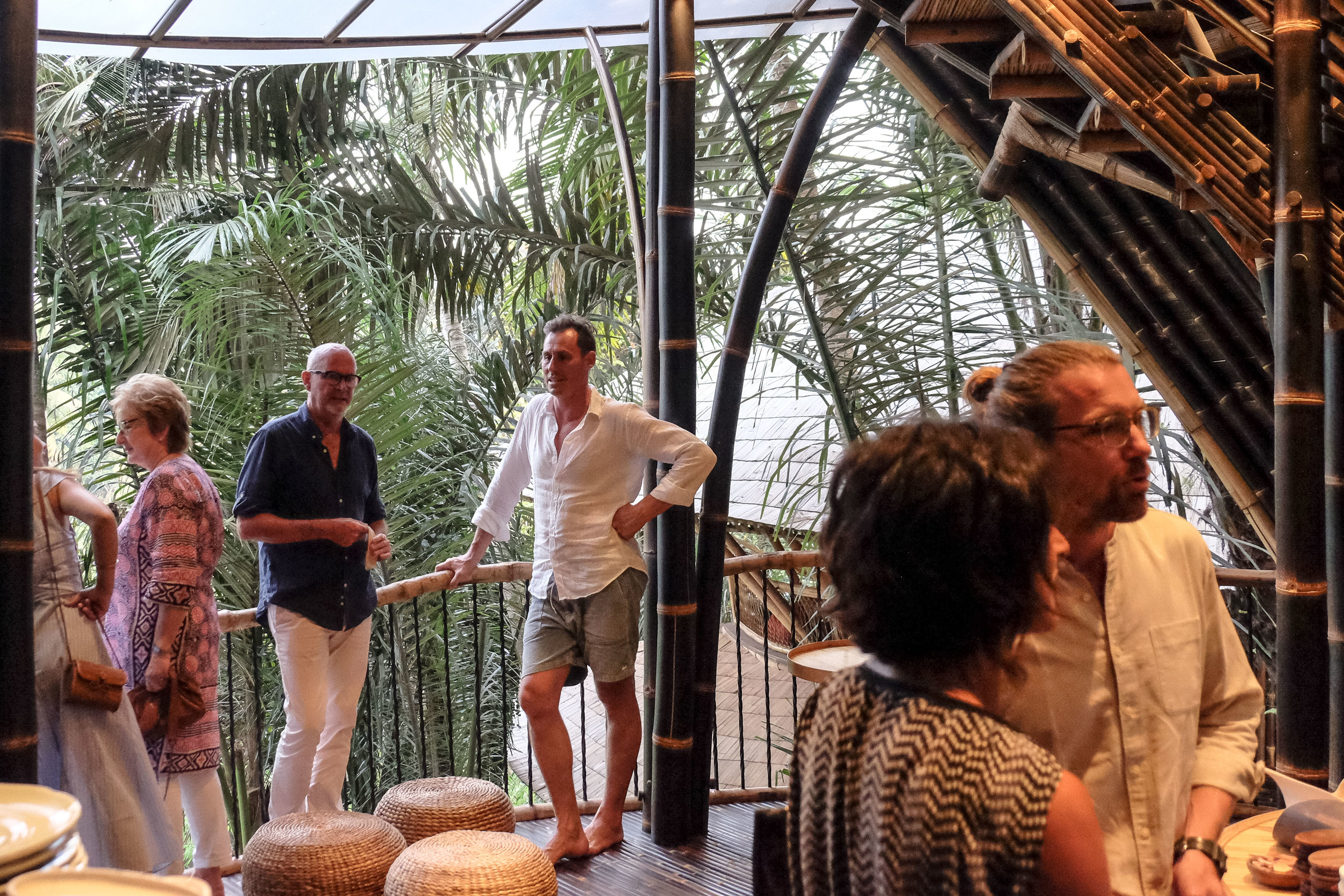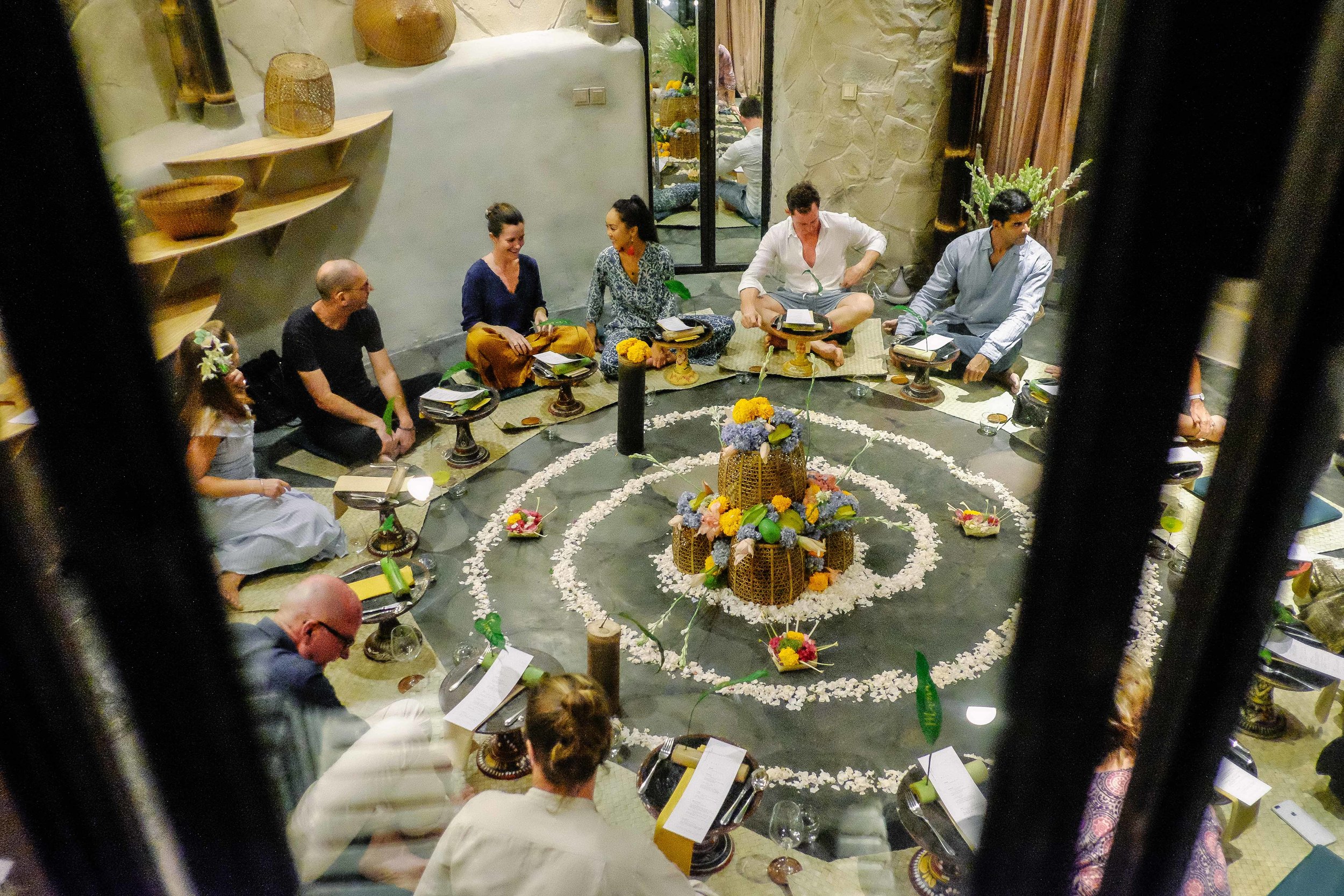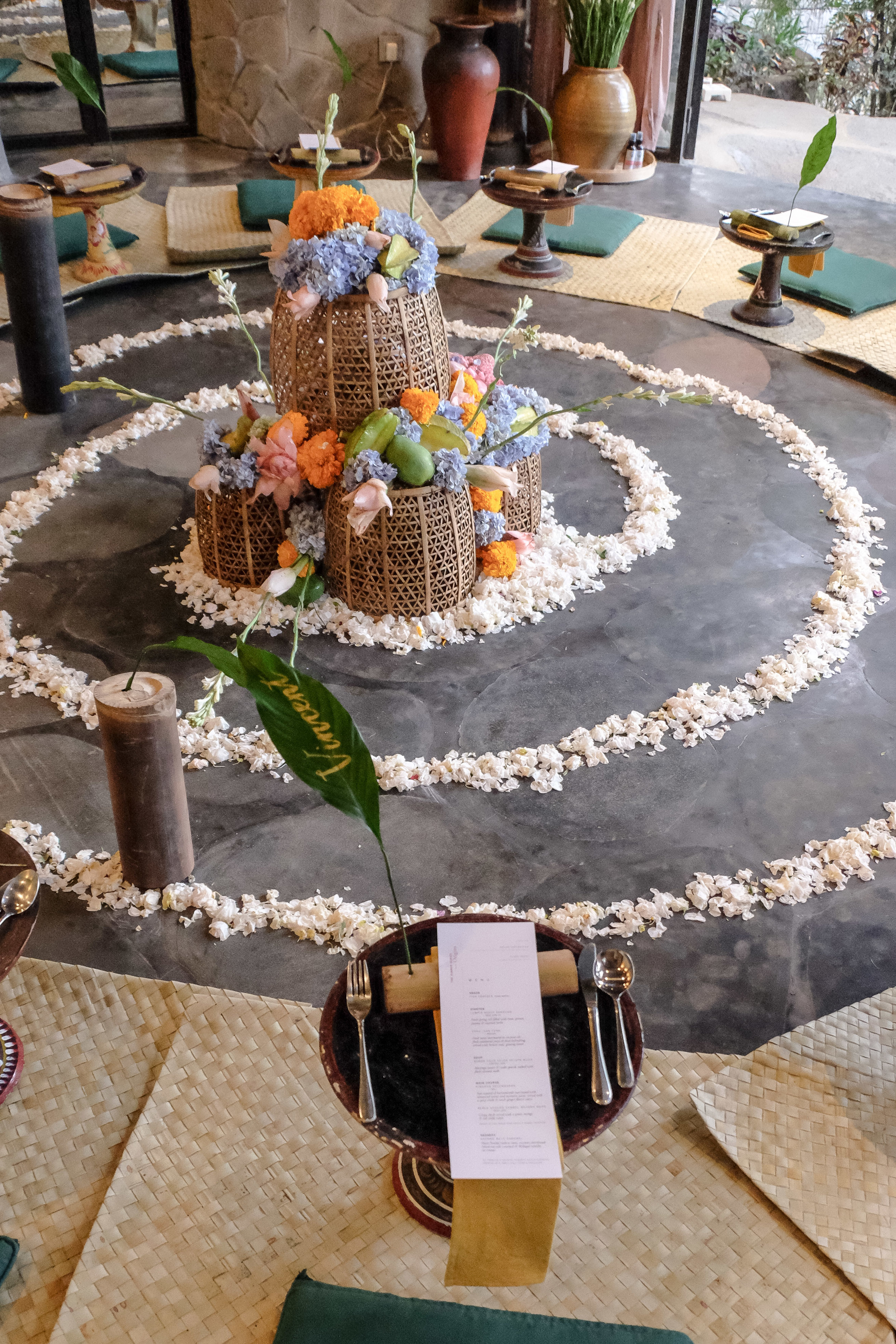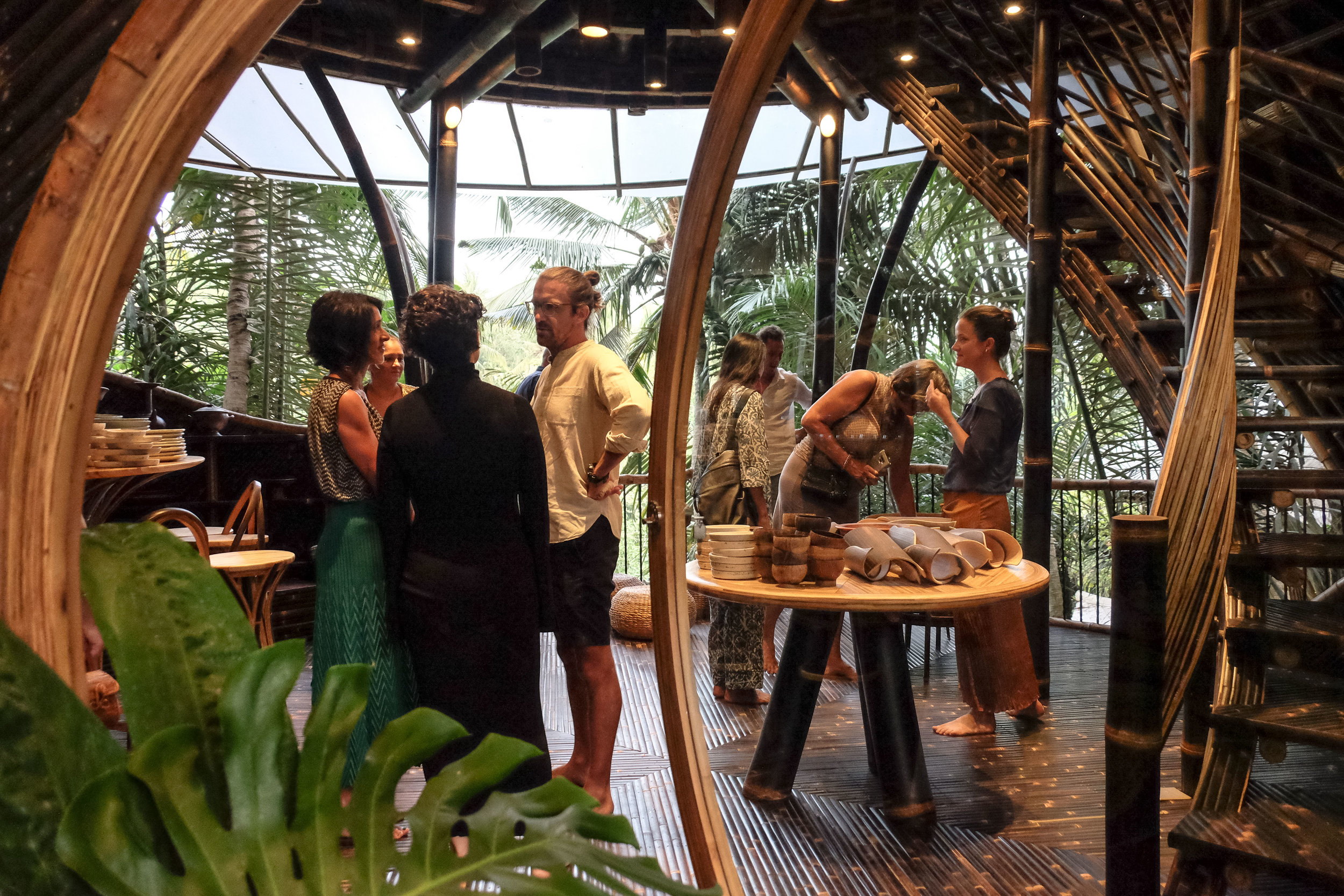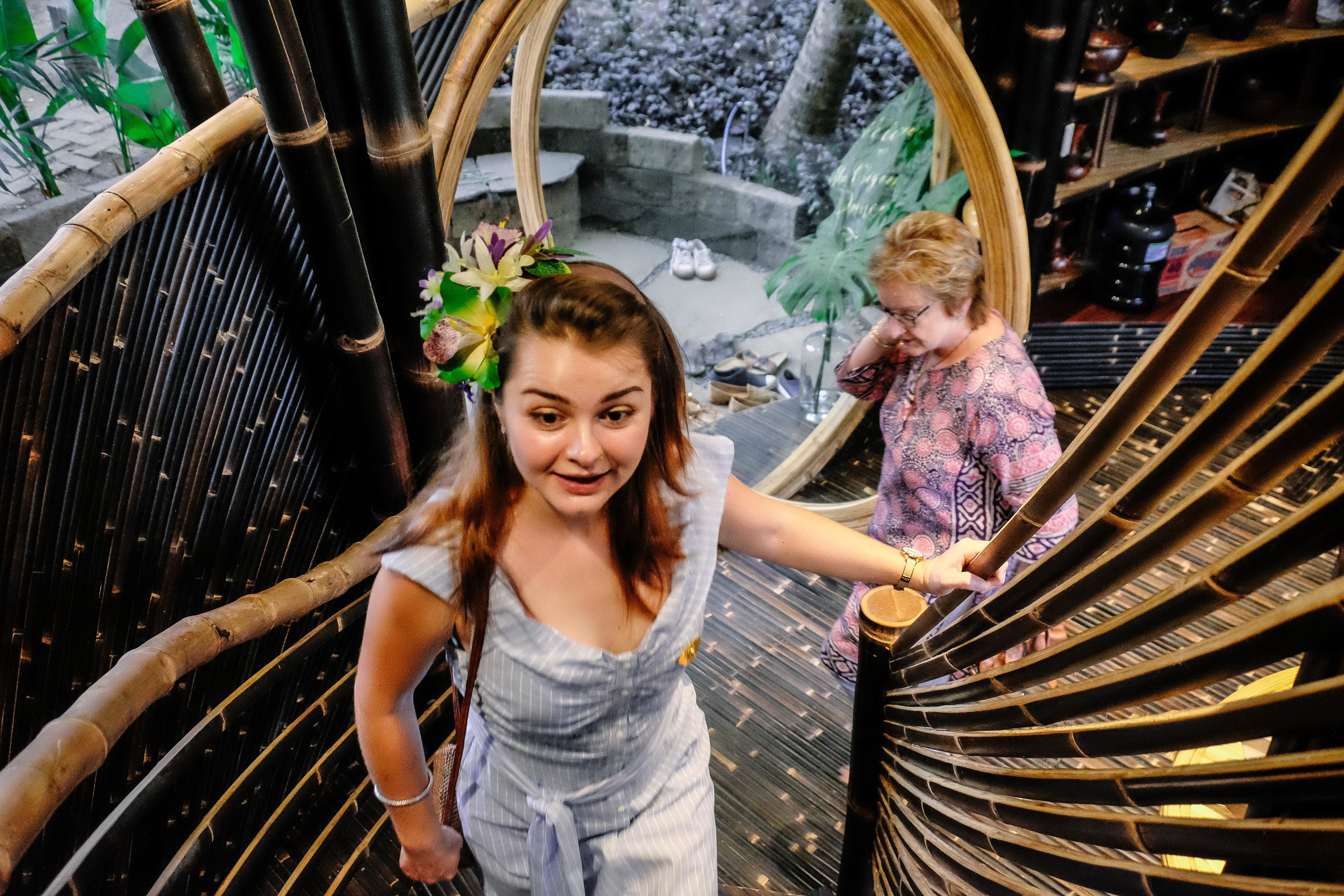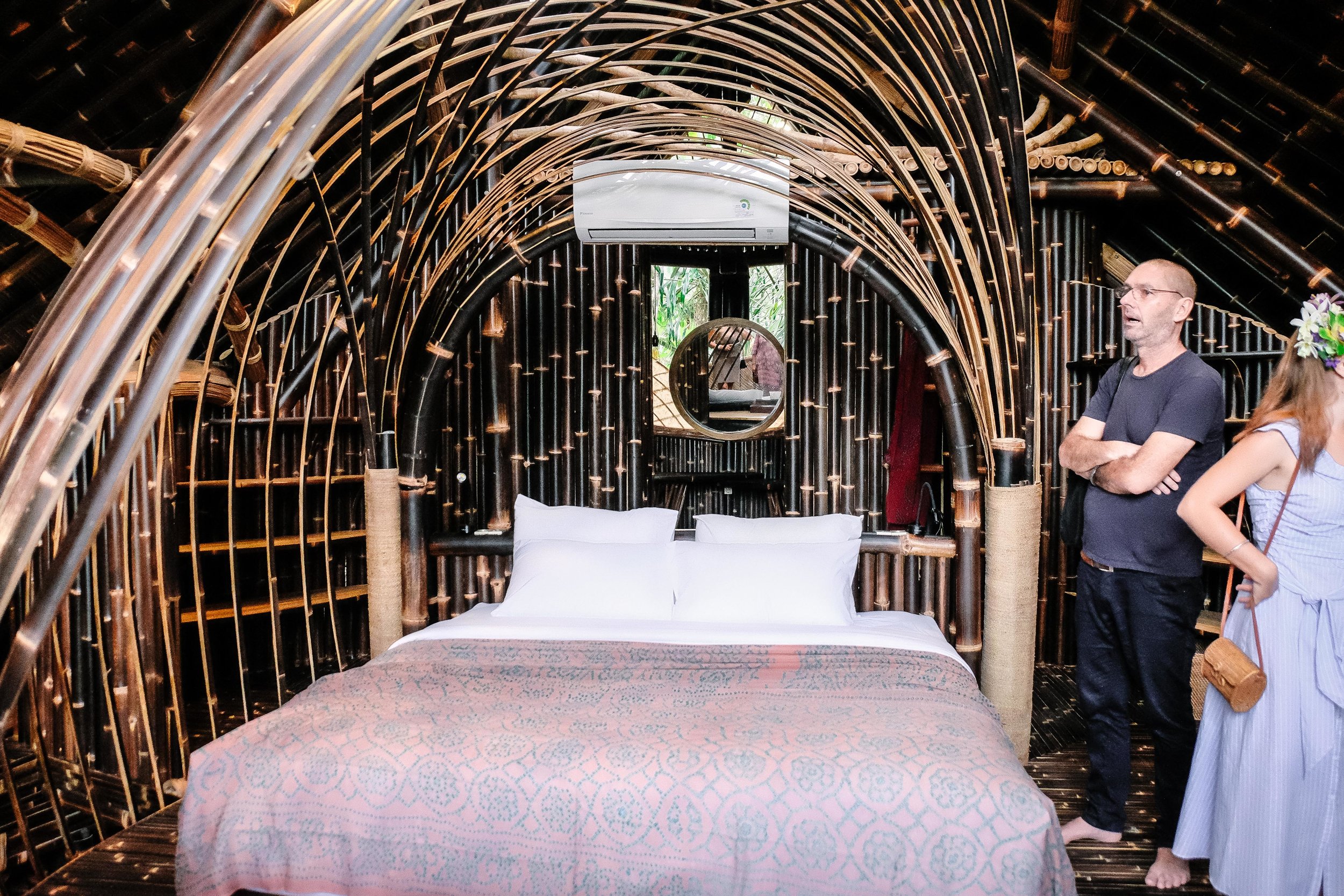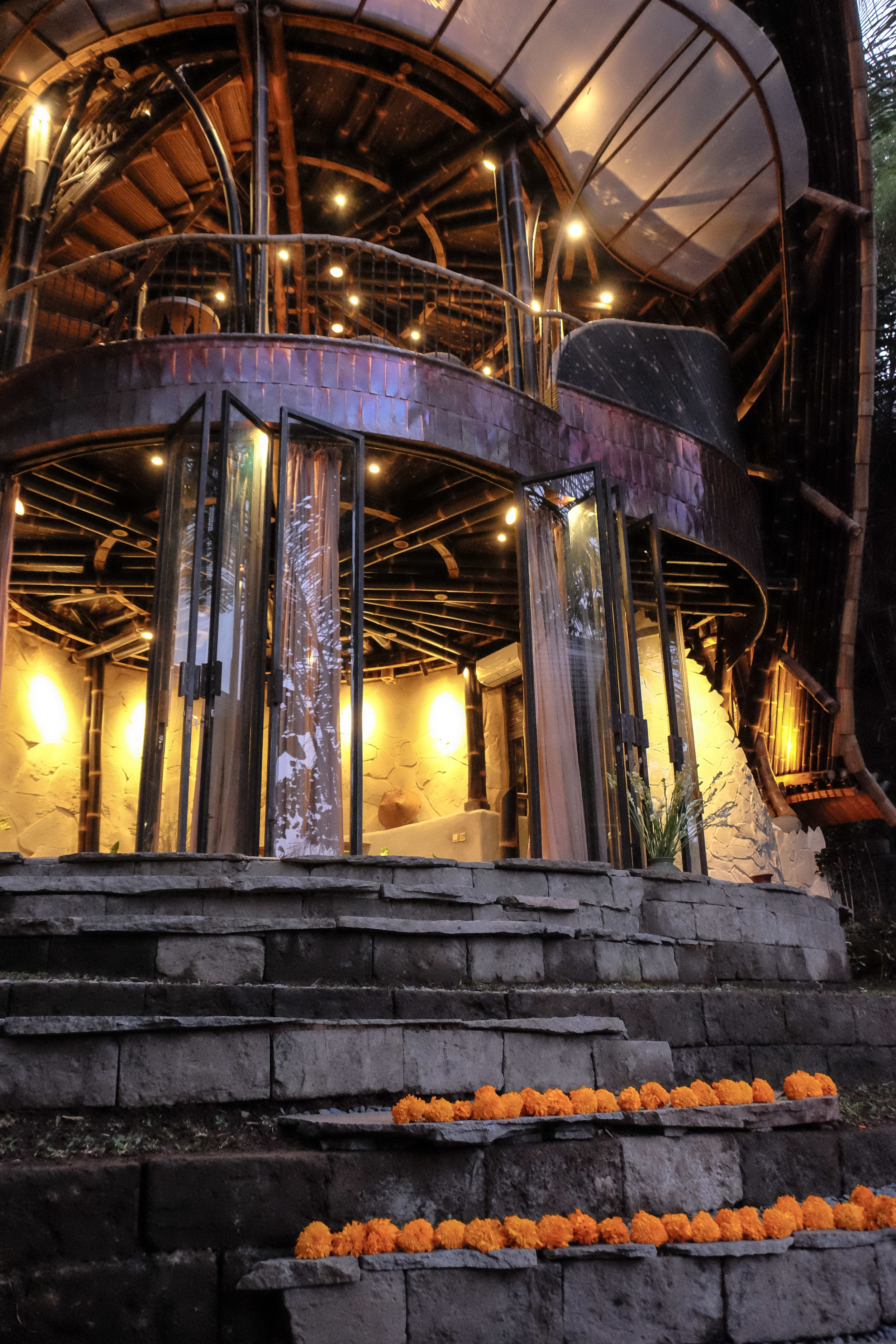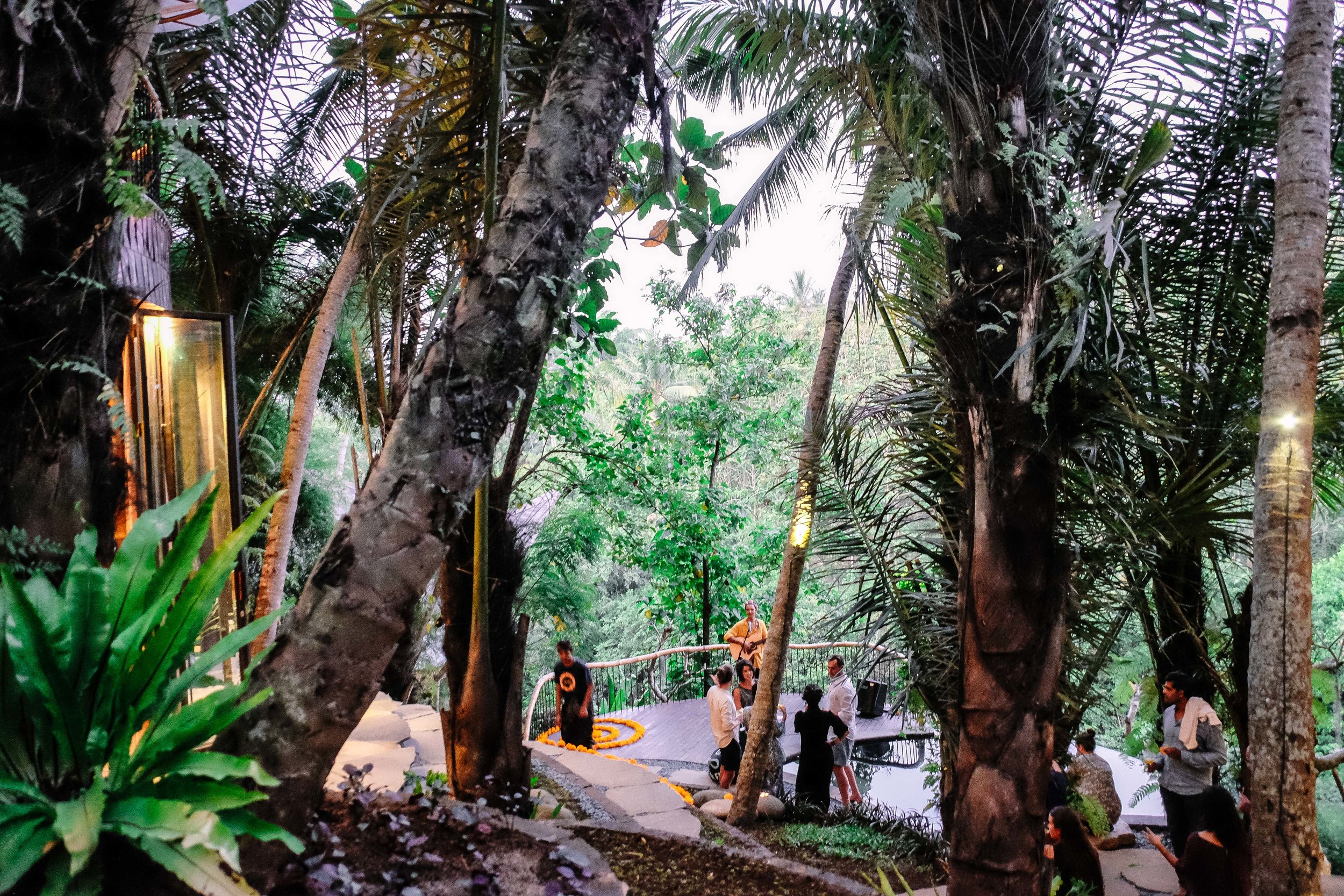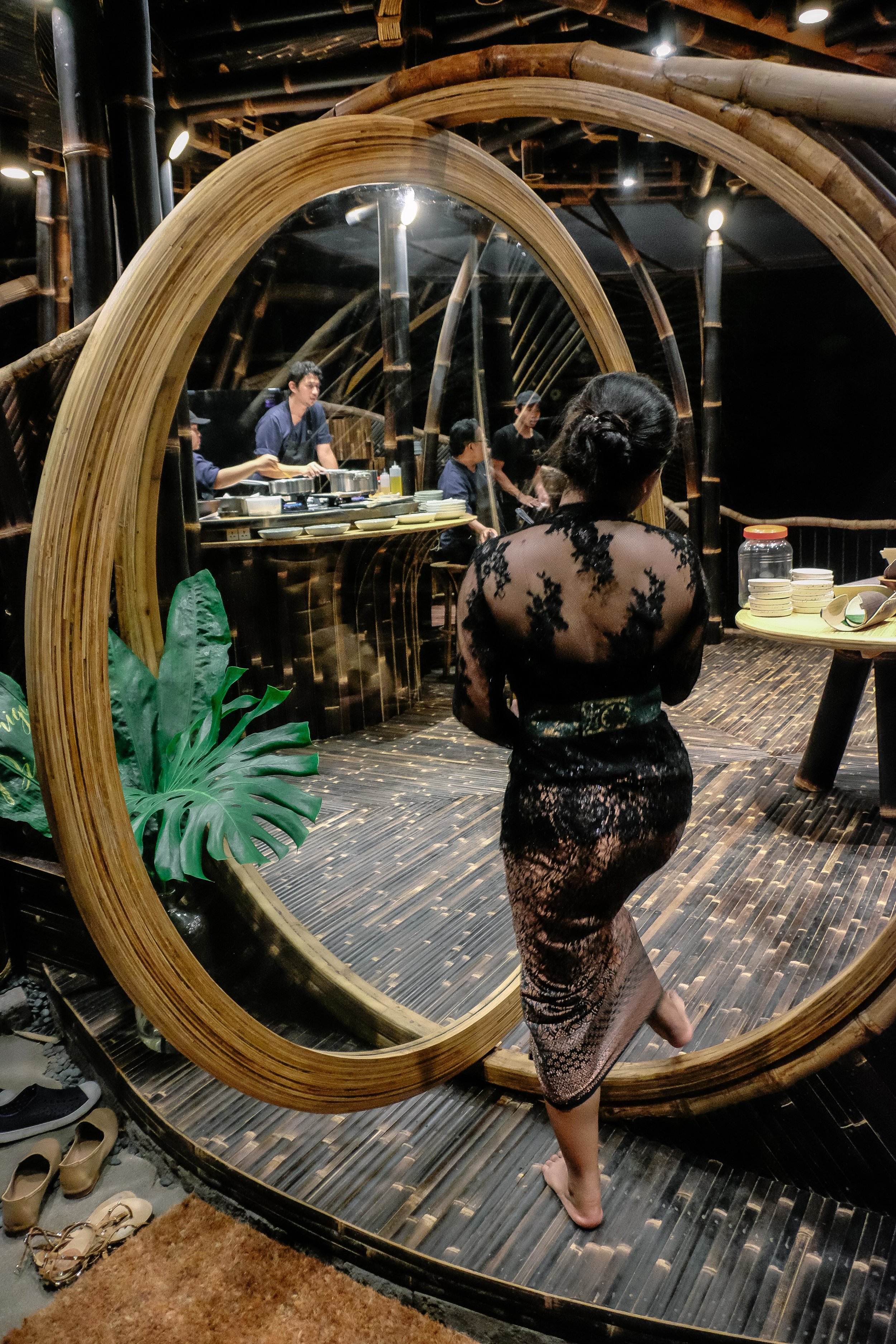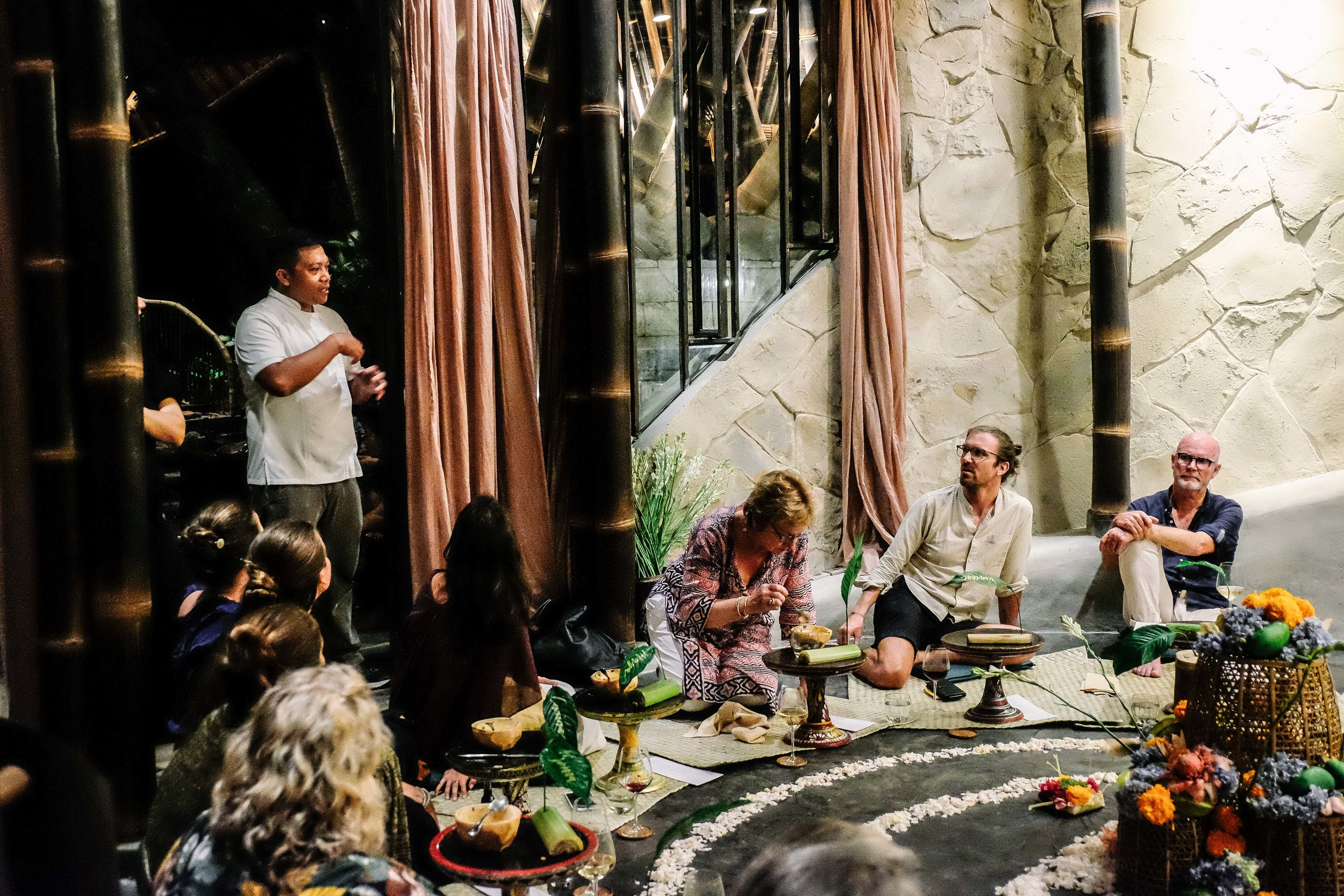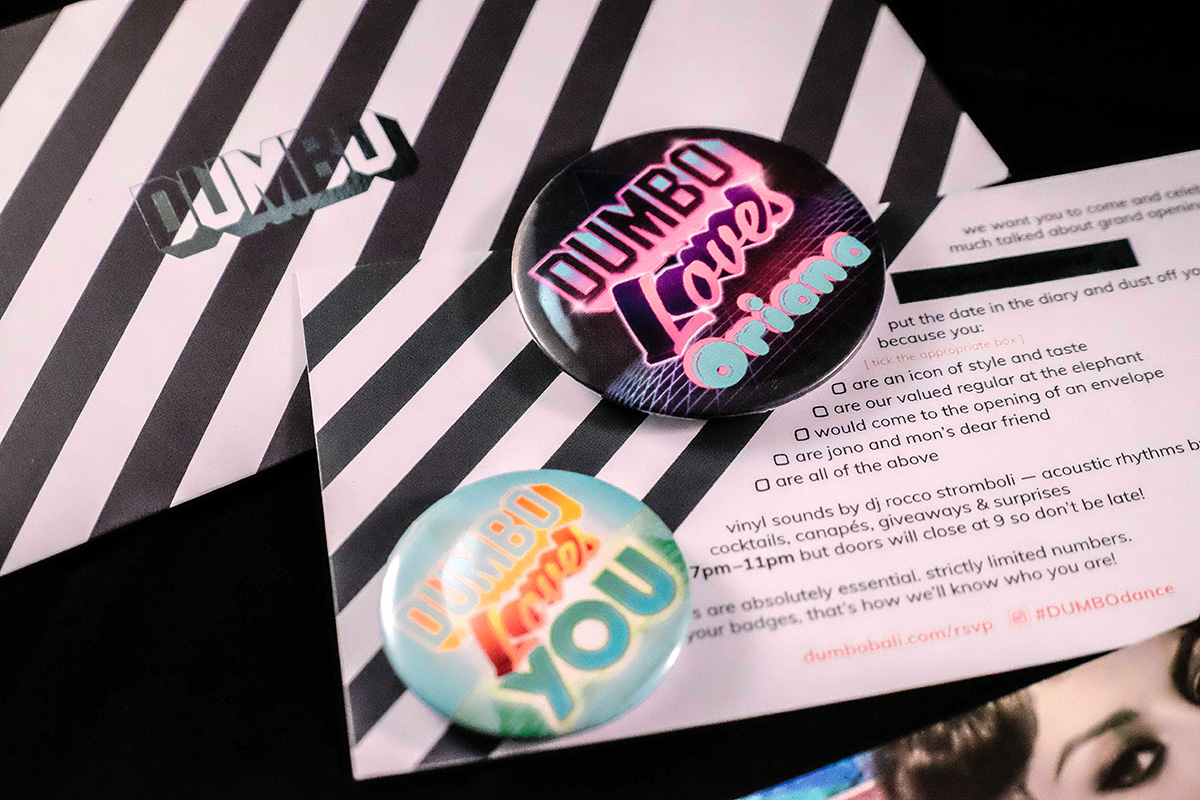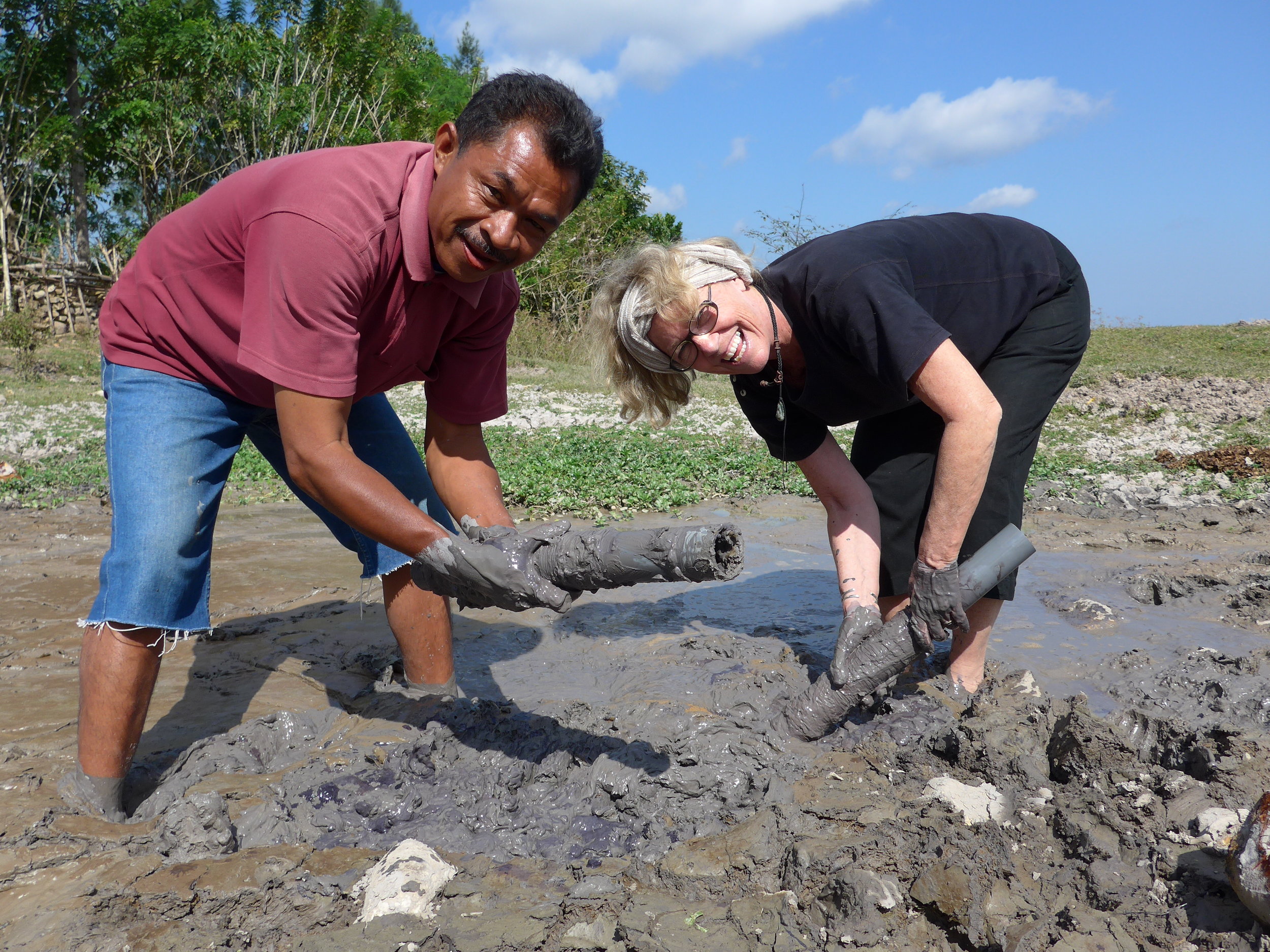The Elementals Dinner, April 5 2019
/We will let our The Dinner Series curator and host of The Elementals Dinner, Maya Kerthyasa, summarize this magical night:
“When we started The Dinner Series one of the first things we wanted to do was take people back to the Bali we grew up in. So, last night Melati Gaymans and the Elami and Co girls brought Bukit Campuhan and the river Wos to the verandah of my little cottage, my grandmother and I prepared some of our favourite Balinese dishes, Rudi and Bawa from Akademi Bar at Katamama had infused araks and local-ingredient cocktails on the pour, and then we jumped in a time machine, rewound 20 years and watched a frog dance in the garden. My Papa, Tjok Ibah shared some anecdotes about his life growing up and Balinese culture going forward. And in true Bali style, it rained right up until the guests (who were an incredibly special bunch) started arriving at this mostly outdoor event. An especially big thank you to my Niang, Anak Agung Rai, who surprisingly doesn’t have Instagram.”
Flavours and folklore from the power of the elements
This evening was about tapping in to the many bounties of traditional Bali - the flavours, the sounds and the natural environment. Dinner was prepared by Anak Agung Rai, the 90-year-old mother of Tjokorde Raka Kerthyasa and a former palace cook, with the help of her granddaughter, Maya Kerthyasa.
The dinner was held at Maya’s private home on the banks of the Wos River in Campuhan.
We worked with Melati Gaymans to create an incredible ‘edible landscape’ down the center of the table in the shape of the Campuhan Ridge, with the two (male and female) rivers running down each side. If you look closely you can see Pura Gunung Lebah (Campuhan Temple), the old Dutch bridge and the alang alang fields of the ridge. For the rivers we used agar agar, as well as taro leaves for the grasslands of the ridge, and pandanus leaves for the alang alang.
For place cards, we wrote each guest’s name with rice grains.
The menus were hand-lettered by Michellina Suminto on recycled paper to form candle holders for the table.
The food
Anak Agung Rai, or Gung Niang as she’s known around Ubud, cut her teeth in the kitchens of the Puri in the 1940s. She was just a girl when she married Tjokorda Ngurah of Saren Kauh, who taught her much of what she knows about sacred Balinese foods and how to prepare them. Now in her 90s, she continues to cook the way she did in the palace, using wood-fire and completely natural ingredients. “Once you disconnect from nature,” she says, "you lose sense of what truly matters in life.”
Gung Niang’s cooking is lauded across the island and has been studied by chefs, home-cooks and international television crews, alike. There’s something in the sincerity of her food that reconnects the diner to flavours of a bygone era – Balinese food in its truest form. You can taste the land in the leaves and roots she harvests from her garden, there’s a life-force from the animal she butchered with her own hands, and most importantly, in every knife-stroke, and mouthful – there’s a resounding sense of ritual and purpose.
The performance
The house that hosted the dinner was once home to Cristina Formaggia, an Italian dancer who mastered Balinese topeng dance. We invited her former group from Pura Desa Batuan to come and perform in the garden by torchlight.
Watch the video of the night below:




























